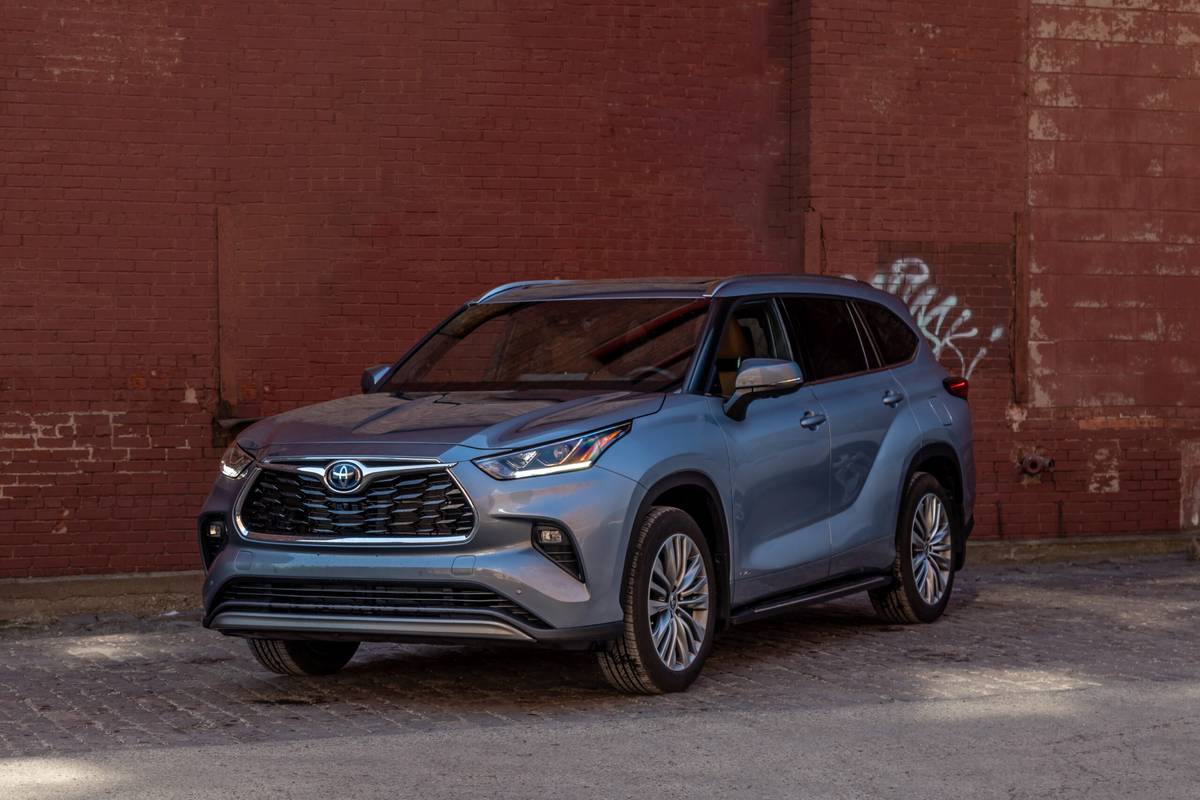
The verdict: Shoppers looking for a hybrid three-row SUV have a short list to consider, and the 2023 Toyota Highlander Hybrid should definitely be on it. It does some things well — namely fuel efficiency and multimedia controls — but misses when it comes to the third row. Good news: The larger, forthcoming 2024 hybrid Grand Highlander should solve that issue (if you can wait).
Versus the competition: The Highlander Hybrid has few direct competitors, but its closest one is the Kia Sorento Hybrid. The Highlander is a bit bigger, but the Kia is less expensive. They have similar EPA-estimated fuel economy, though Kia also offers a plug-in hybrid version of the Sorento for shoppers looking for even better efficiency.
The 2023 Toyota Highlander is available with a gas-only or gas-electric hybrid powertrain (see their specs compared), but this review mostly covers the hybrid model. The Highlander was last redesigned for the 2020 model year, and changes for 2023 include larger available cabin screens and a new 265-horsepower, turbocharged 2.4-liter four-cylinder engine for the gas-only Highlander, replacing the previous V-6. The Highlander Hybrid competes in a small group of hybrid three-row SUVs that also includes the Sorento Hybrid and Ford Explorer Hybrid; see them compared.
Related: Up Close With the 2024 Toyota Grand Highlander: Grander in Every Way
Power and MPG Efficiency
The Highlander Hybrid has the inoffensive, mostly pleasant road manners of a regular Highlander. Its handling is predictably unexciting and stable, and while its ride can feel a bit firm at times, it lands on the comfortable side. Where it parts ways with its gas-only sibling is in fuel efficiency (for the better) and noise (for the worse).
From a stop, the Highlander Hybrid is decently responsive and delivers adequate power. It pairs a 2.5-liter four-cylinder engine with two electric motors for 243 hp total, teamed with a continuously variable automatic transmission and front- or all-wheel-drive. The Sorento Hybrid, which is decently zippy, uses a turbocharged 1.6-liter four-cylinder engine, a 44-kilowatt electric motor and a 1-kilowatt-hour battery pack for a total system output of 227 hp. Ford’s Explorer Hybrid is a little different, pairing a 3.3-liter V-6 engine with an electric motor for 318 hp total.
Related Video:
We cannot generate a video preview.
In combined city/highway driving, the FWD Highlander Hybrid is EPA-rated at 36 mpg; AWD knocks that number down to 35 mpg, which is still 10 mpg better than the most efficient gas-only Highlander. Those ratings are similar to the Highlander Hybrid’s main rival, the Sorento Hybrid, which has a combined EPA rating of 37 mpg with FWD and 34 mpg with AWD. Meanwhile, the Explorer Hybrid gets considerably less thanks to its V-6-based drivetrain: 27/28/27 mpg city/highway/combined with rear-wheel drive and 23/26/25 mpg with AWD.
Toyota says the larger 2024 Grand Highlander will have three available powertrains, including two hybrid versions. The most efficient one will borrow the current Highlander Hybrid’s 2.5-liter engine and be good for an automaker-estimated rating of 34 mpg combined.
Another pro is the hybrid’s regenerative braking system, which captures kinetic energy that would otherwise be lost. It’s among the smoothest systems I’ve tested; where some hybrid brakes feel bricklike and have nonlinear response, the Highlander Hybrid’s feel almost normal, with little of the awkward grabbiness of some other hybrids’ brakes. (The Sorento Hybrid’s brakes also feel natural.)
But it’s not all good. The engine is loud — obtrusively so. While power feels adequate, it doesn’t sound it; the engine groans loudly when it’s engaged from a stop, and it complains during any type of acceleration. There’s also a fair amount of strange mechanical whirring noise from the hybrid system.
The Highlander Hybrid’s EV mode was also a disappointment. The hybrid has Normal, Eco and Sport driving modes, plus an EV mode for low-speed electric-only driving over short distances. I found it difficult to stay in EV mode for long; it was finicky and worked only at parking lot speeds, and only for a couple of minutes. At least the transition from electric operation to engine-assisted driving is smooth.
Control Overhaul
Inside, there’s a lot to like about the Highlander’s control setup. The AWD Platinum model I drove came with an updated multimedia system and a pair of 12.3-inch screens — one for multimedia and one for the gauge cluster. Lower trims have a smaller 8-inch infotainment screen.
The 12.3-inch central touchscreen has a lot going for it. Highlights include crisp graphics, a clear menu structure and seamless wireless Apple CarPlay and Android Auto connectivity. The climate controls below the screen are also clearly marked and straightforward to use.
Two things, however, annoyed me during my test. First, the volume knob is a stretch; it was too far away for me to comfortably reach while driving. At least I could still use the steering-wheel controls, but it’s not the same.
Second, while I find the new infotainment system easy to navigate overall, it’s missing one key feature: a home button. Without one, it was difficult to get out of the Android Auto interface and back to the vehicle’s native audio controls. For example, if you’re listening to satellite radio and wondering, “Who sings this song?,” you’ll have to go into the apps menu and select the Toyota icon to get back to the radio screen. It’s not a deal breaker, but it is an odd extra step.
Room for People or Stuff (But Not Both)
When thinking about the Highlander’s cabin, it’s best to take a “choose your own adventure” mentality: Are you planning to carry people, stuff or both? The answer will inform your opinion of this SUV’s roominess.
A couple of things stand out inside, for better and worse. Much of it is good, like the Highlander Hybrid’s focus on small-item storage spaces; there are a bunch of them, and they make the cabin more useful. I particularly liked the small dash shelf — which my husband may have used for holding french fries — as well as the deep center bin with a sliding top.
Flexibility is also a strength. The Highlander Hybrid can have seven or eight seats depending on how its second row is configured; the Sorento Hybrid, on the other hand, is only available with second-row captain’s chairs, seating six. My test car had the second-row captain’s chairs, which were comfy and featured exposed lower Latch anchors for easy car seat installation. I installed a variety of rear- and forward-facing car seats in the second row, and they all went in easily and fit well thanks to the exposed anchors, removable head restraints and ample second-row legroom.
Things are very different, though, in the third row. A third row with an adult level of space and comfort is a rare thing, and the Highlander is no exception; it’s a real pain back there. Just getting there was a challenge, even for my small 12-year-old daughter, and once you’re seated, legroom is very tight. You’ll need to move the second-row seats forward to give passengers any space at all.
There are technically three seats in the third row, but only one car seat can fit safely. There are no lower anchors back there, and the only top tether anchor — which is essential when installing a forward-facing car seat — is in the middle position. That’s also the only seat with a removable head restraint, which needs to come out to fit a car seat or booster flush with the seatback. Of course, that middle spot is narrow, so a car seat in that spot takes up parts of the other two seats. The center seat belt also comes down from the ceiling, partially blocking the driver’s rear visibility (a rearview camera mirror is available). Meanwhile, the Sorento’s third row seats just two, but it has two sets of exposed lower Latch anchors and two top tether anchors, making it more hospitable and flexible for car seats.
Things are just as dismal behind the third row, where there’s just 8.6 cubic feet of space for cargo, according to Cars.com’s cargo measurements. That’s the same as the gas-powered Highlander. The Sorento has a bit more space behind its third row — 10.5 cubic feet by our measurements — but around 1 cubic foot less than the Highlander’s 24 cubic feet of space when the third row is folded.
I attempted to do a full grocery run for my family of five in the Highlander Hybrid, and with all the seats in place, the cargo area could handle only part of it. You’ll either have to fold part of the 60/40-split third row (assuming it’s not carrying a kid) or put bags throughout the cabin. I had to fold down a portion of the third row and pop some bags there next to my 12-year-old (who did not appreciate sharing her space with tumbling bags of produce).
Toyota says the Grand Highlander will have a “spacious adult-sized third row,” as well as more cargo space. We can attest to the former, at least, after having seen it in person at the 2023 Chicago Auto Show.
More From Cars.com:
- 2023 Toyota Highlander Quick Spin: New Heart, Same Pulse
- 2023 Toyota Highlander Ditches the V-6, Adds Tech, Raises Prices
- Up Close With the 2024 Toyota Grand Highlander: Grander in Every Way
- Which 3-Row SUVs Offer Captain’s Chairs?
- Shop for a 2023 Toyota Highlander Hybrid
Safety and Value
The Highlander Hybrid comes loaded with standard safety features and driver-assist tech, such as automatic emergency braking with pedestrian detection, adaptive cruise control, a blind spot monitor with rear cross-traffic alert, hands-on lane-centering steering and automatic high-beam headlights.
Prices start at $41,555, which is $1,400 more than a similarly equipped gas-only model (all prices include destination). The Sorento Hybrid, meanwhile, starts lower, at $38,015, and the Explorer Hybrid starts much higher, at $54,600.
I like the Highlander Hybrid’s efficient powertrain and mostly comfortable driving manners, but if you routinely need to haul three rows of people and stuff, it probably won’t work well for you. The Grand Highlander, however, sounds promising — if you can wait.
Cars.com’s Editorial department is your source for automotive news and reviews. In line with Cars.com’s long-standing ethics policy, editors and reviewers don’t accept gifts or free trips from automakers. The Editorial department is independent of Cars.com’s advertising, sales and sponsored content departments.































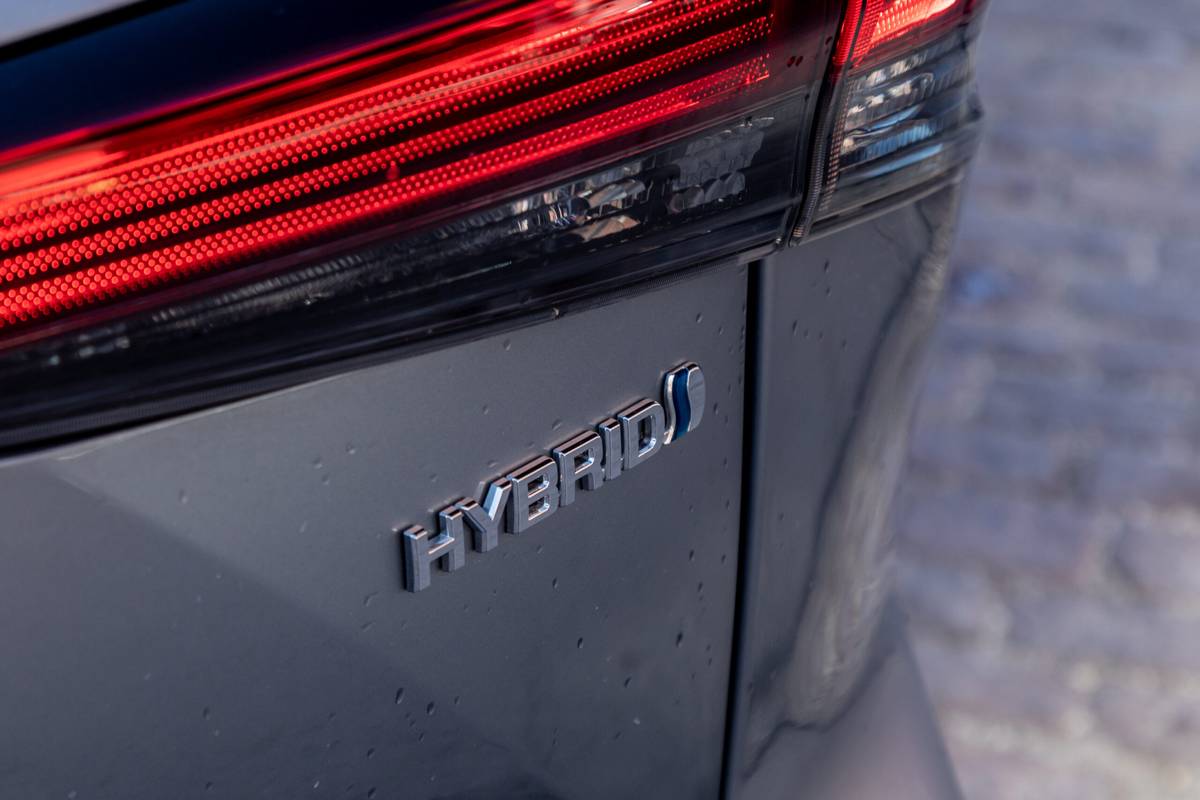
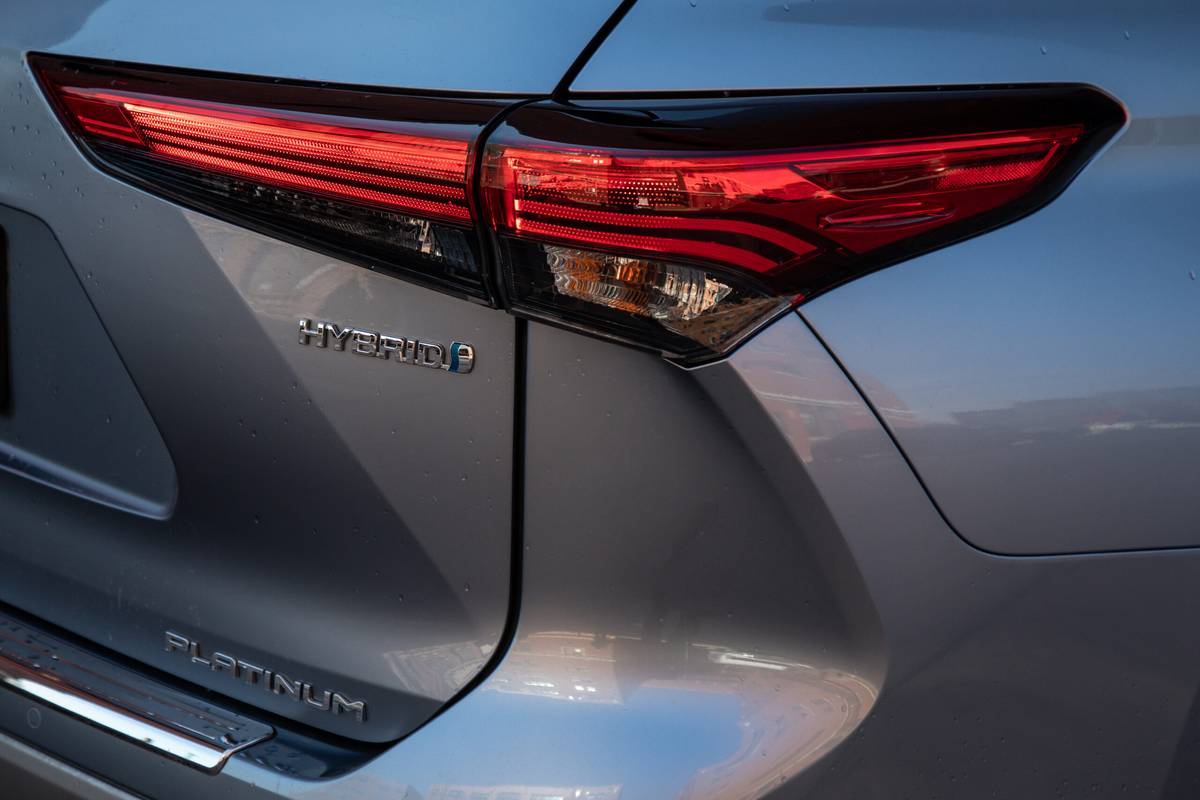
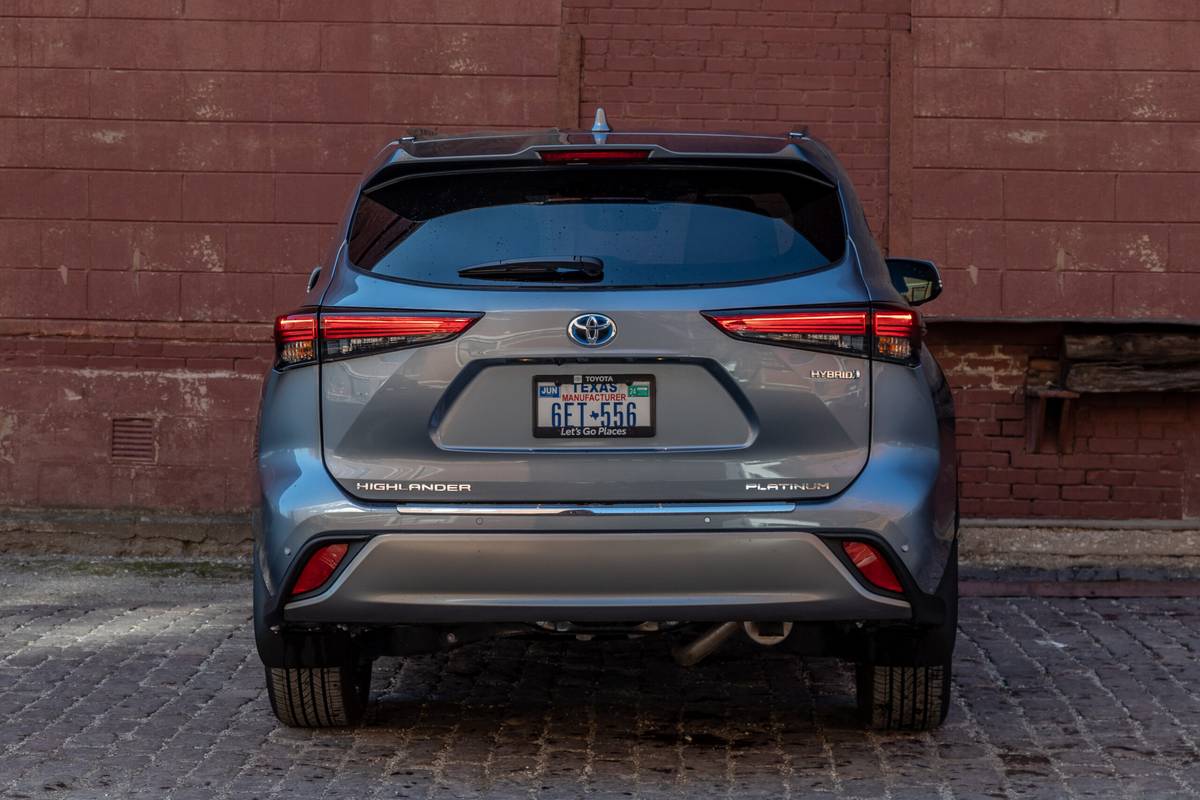

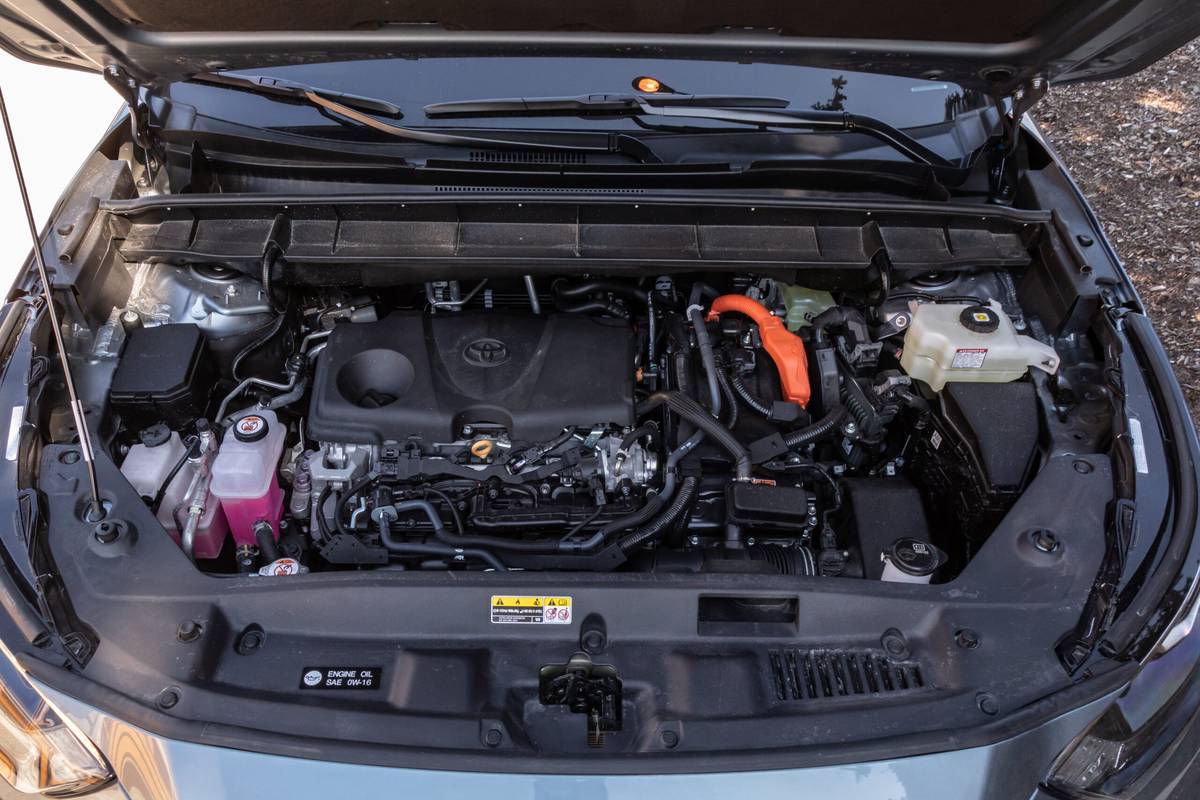
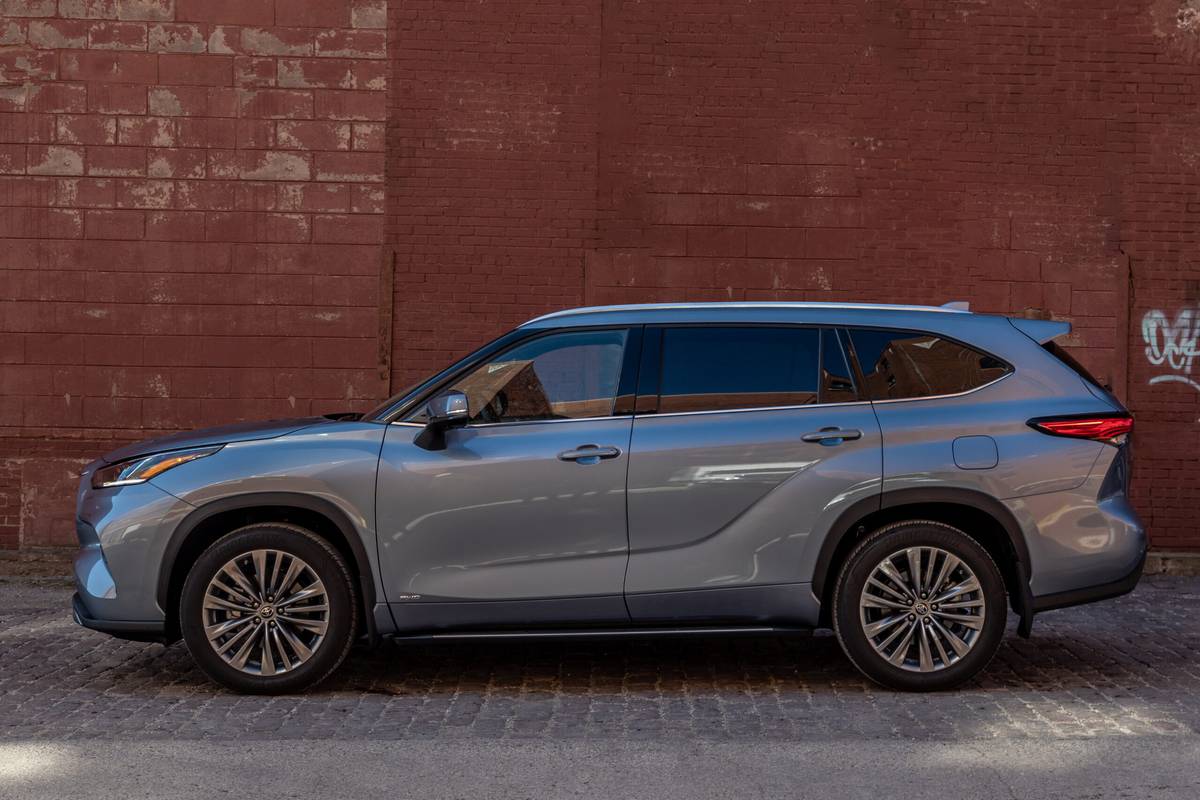
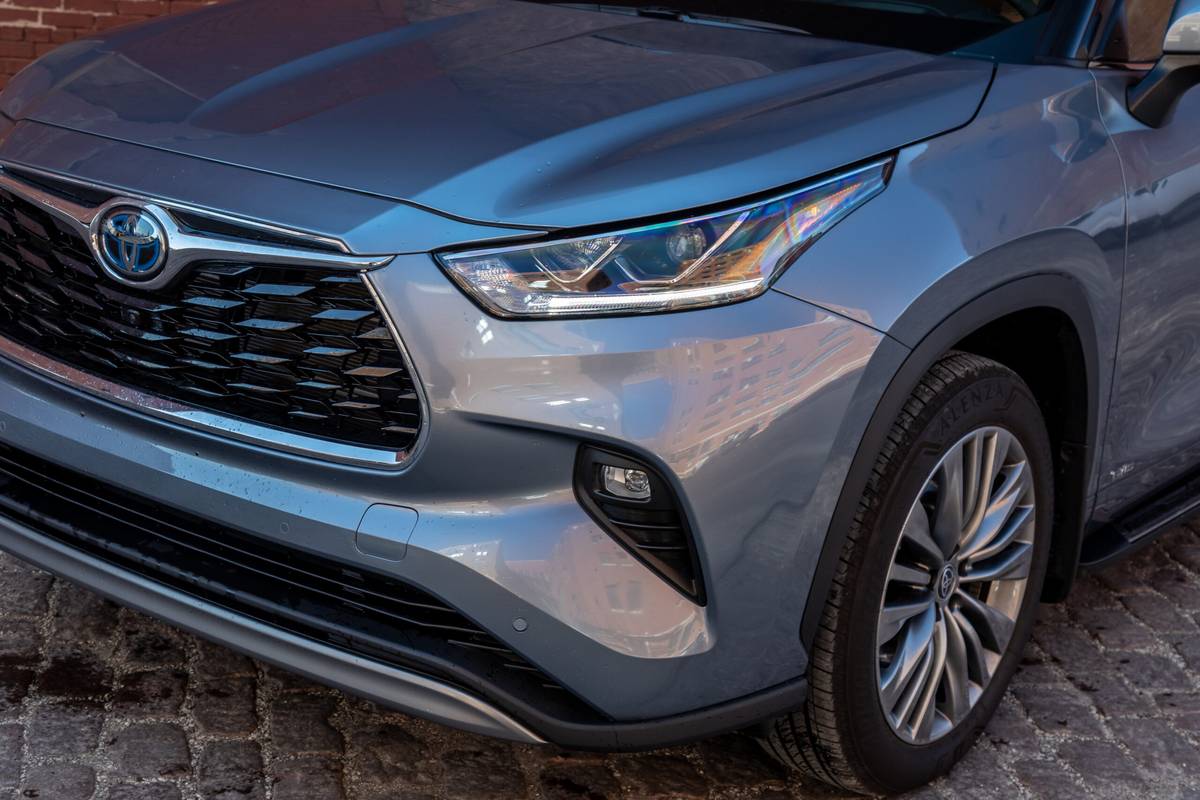
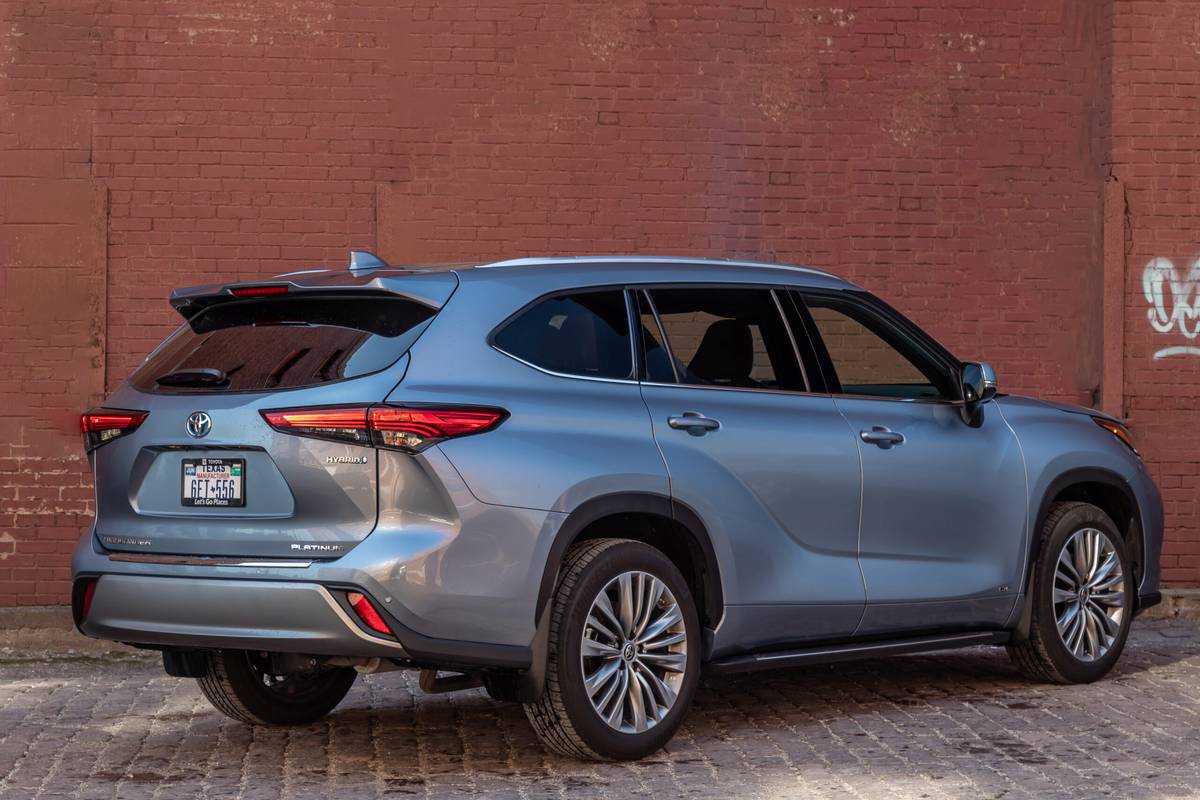
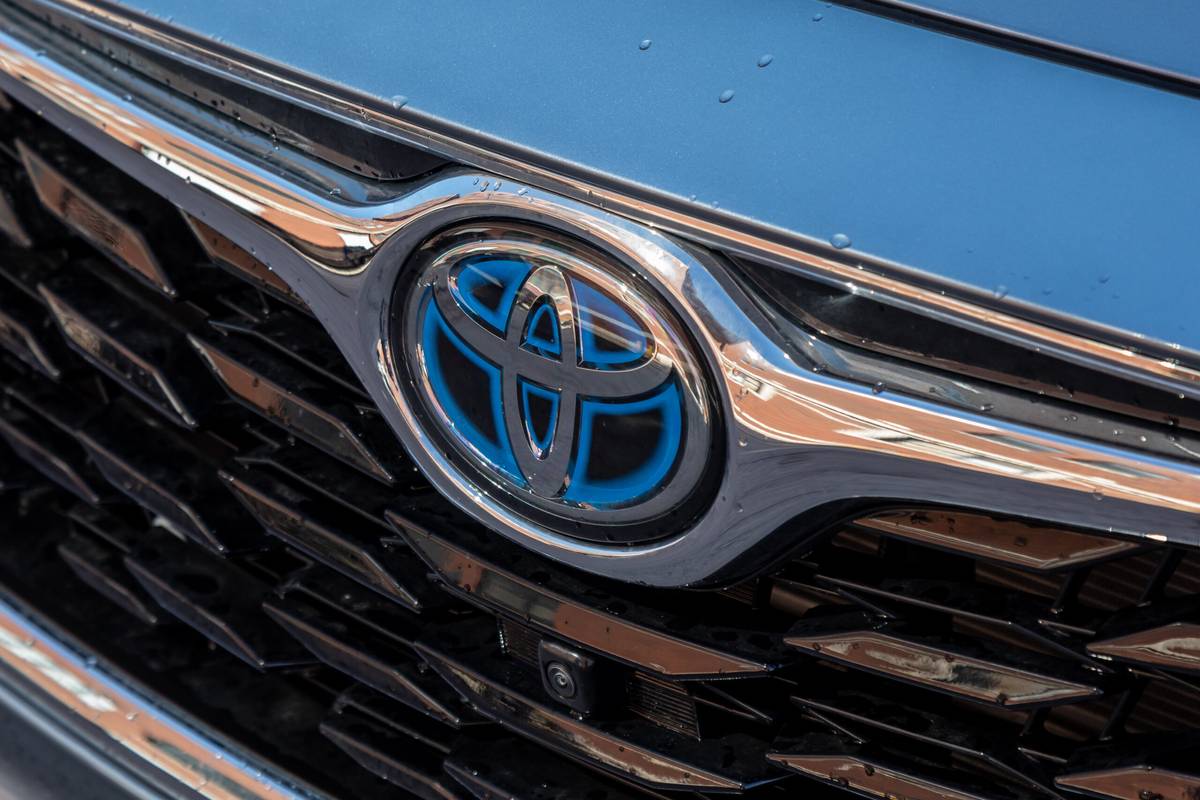
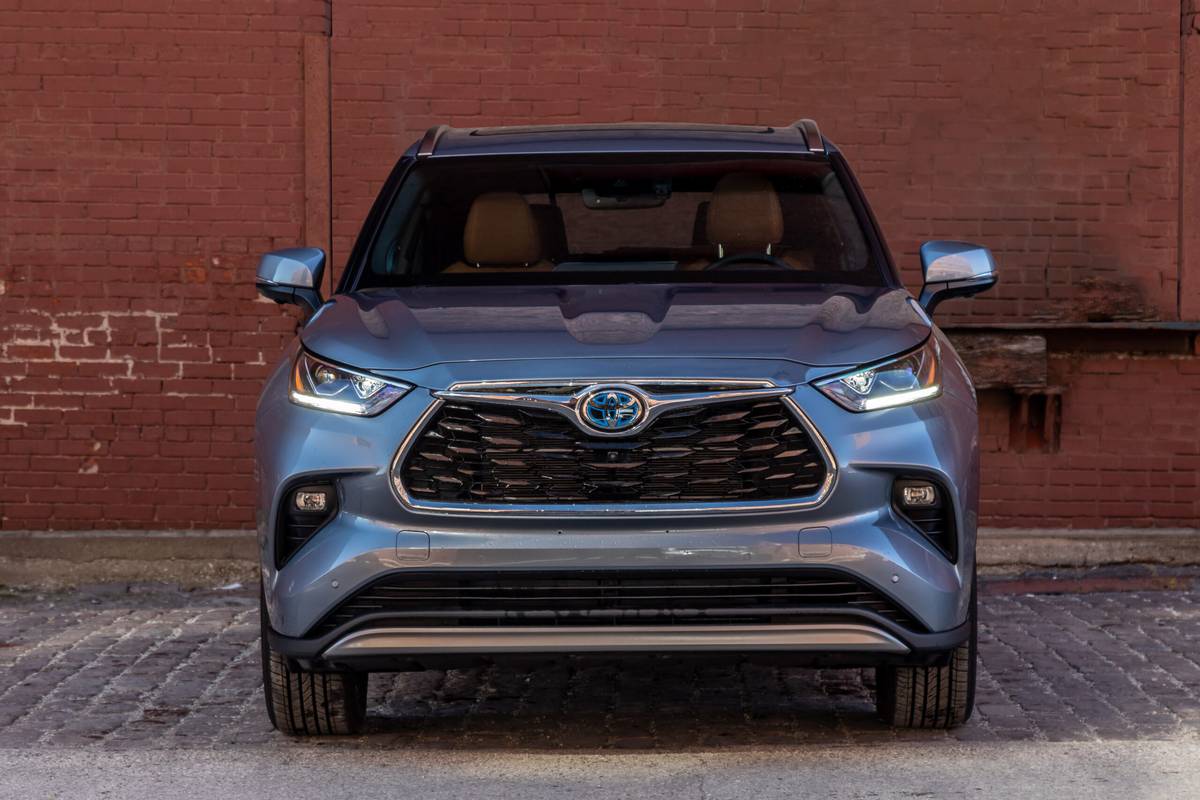

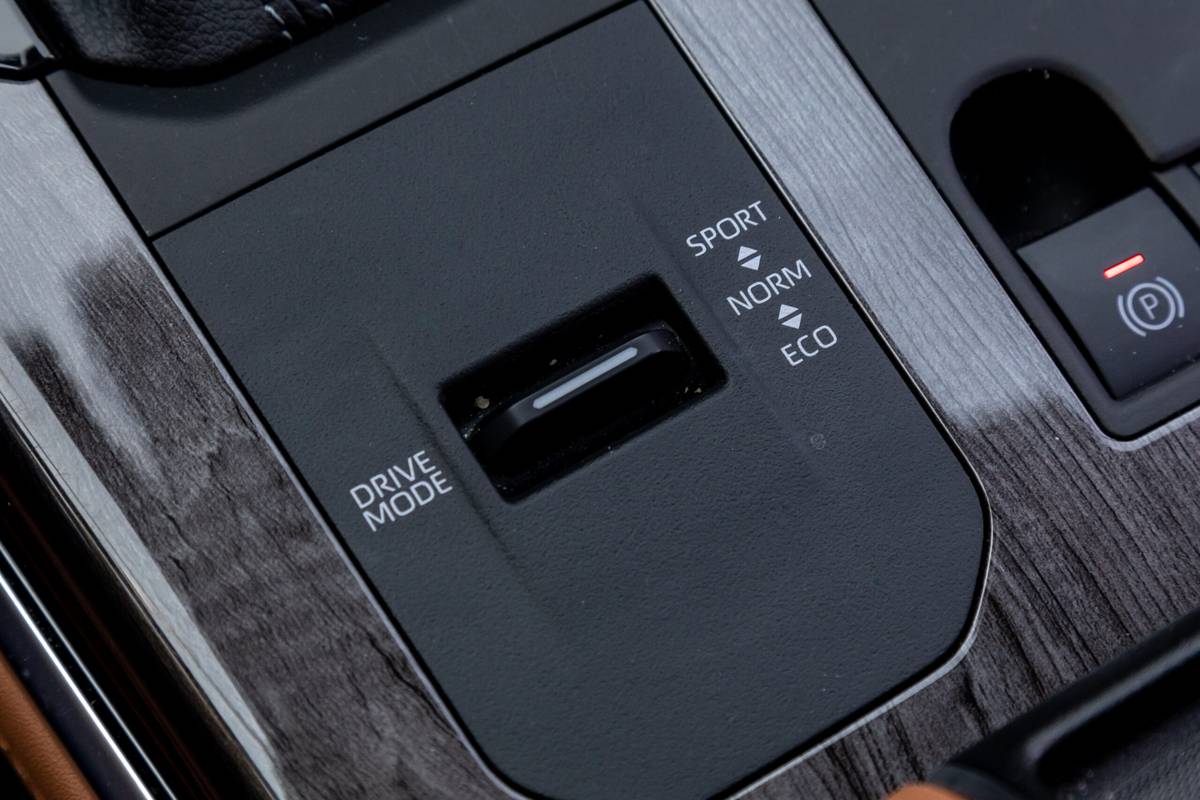
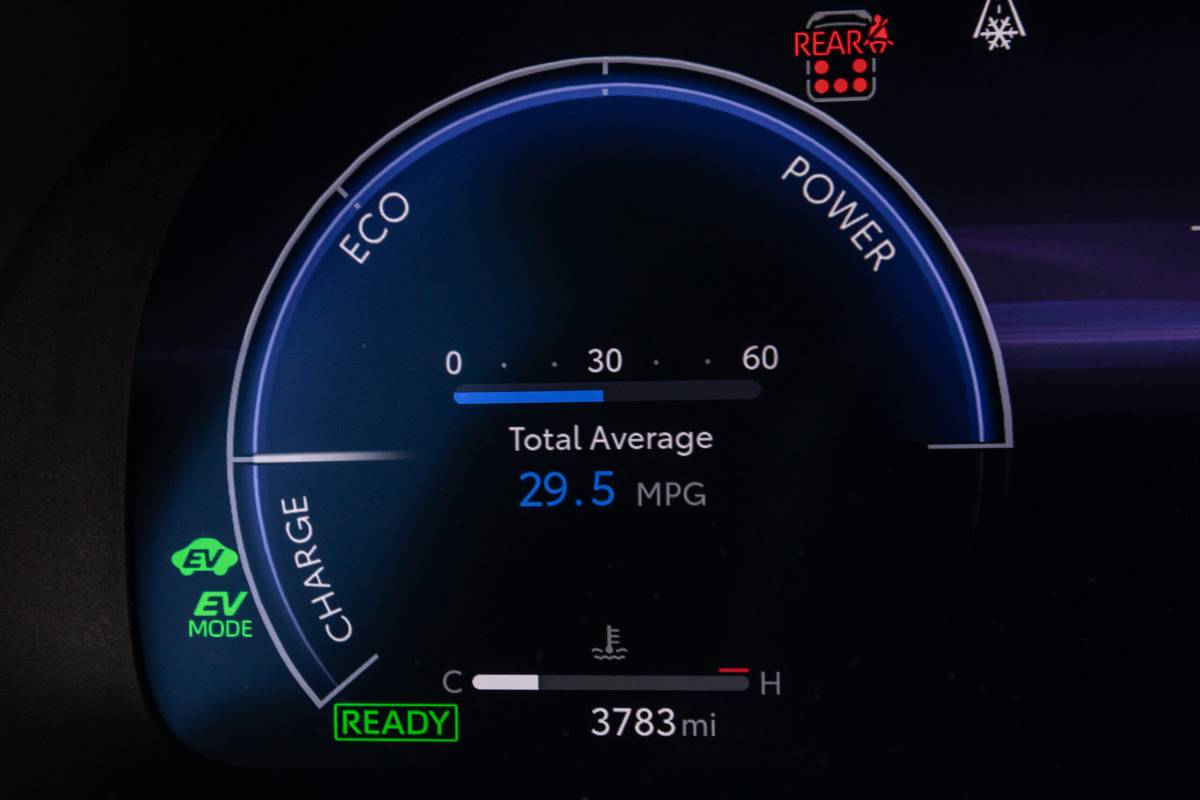
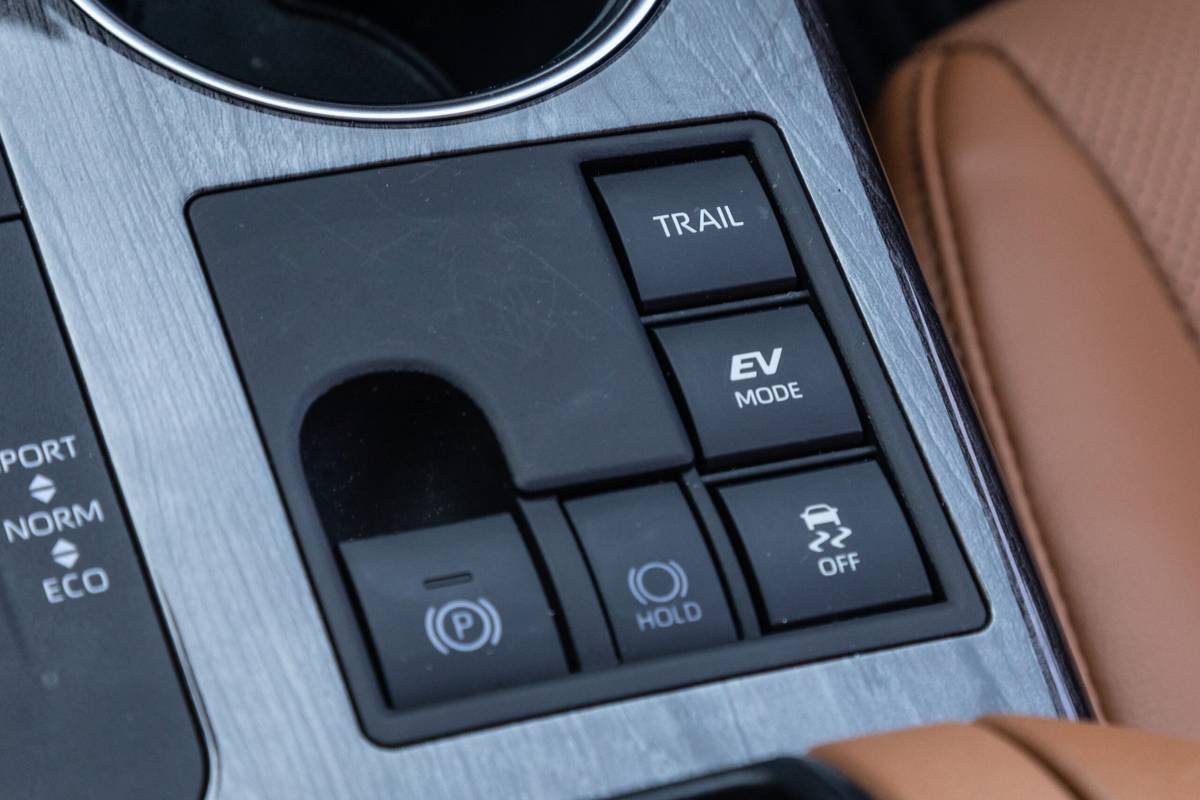
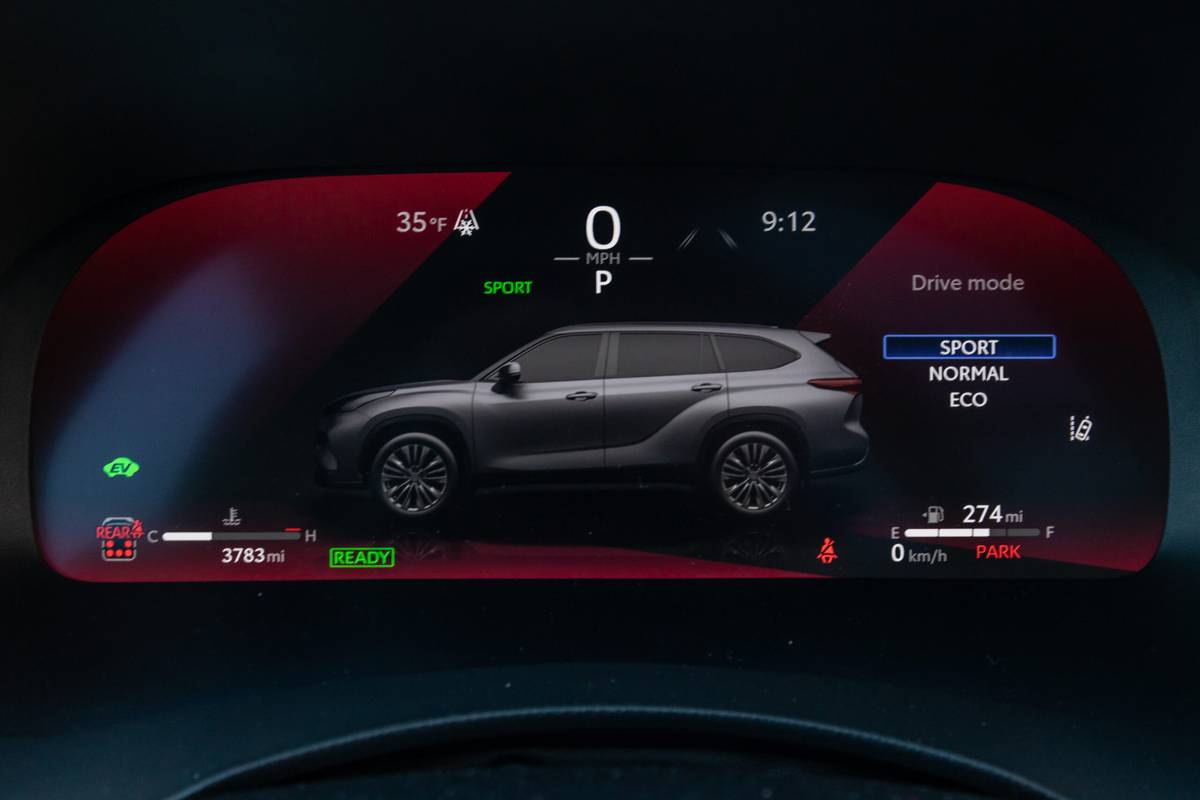
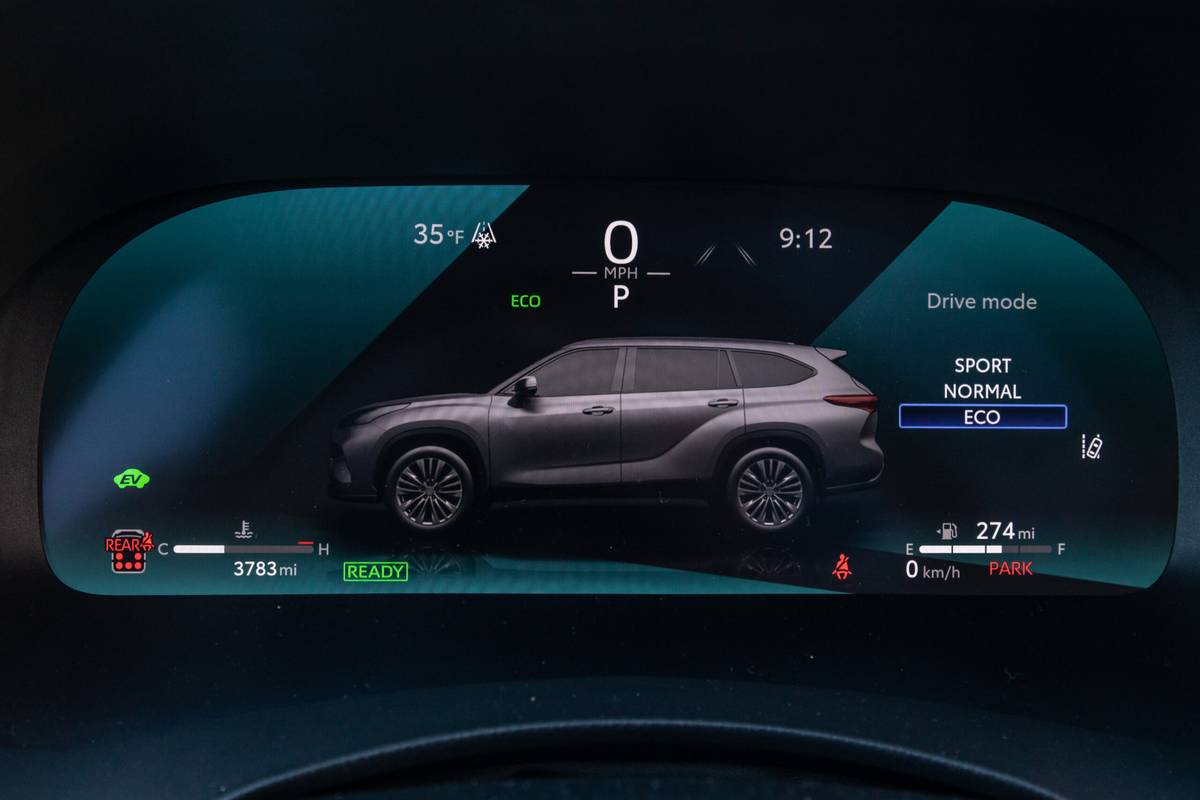
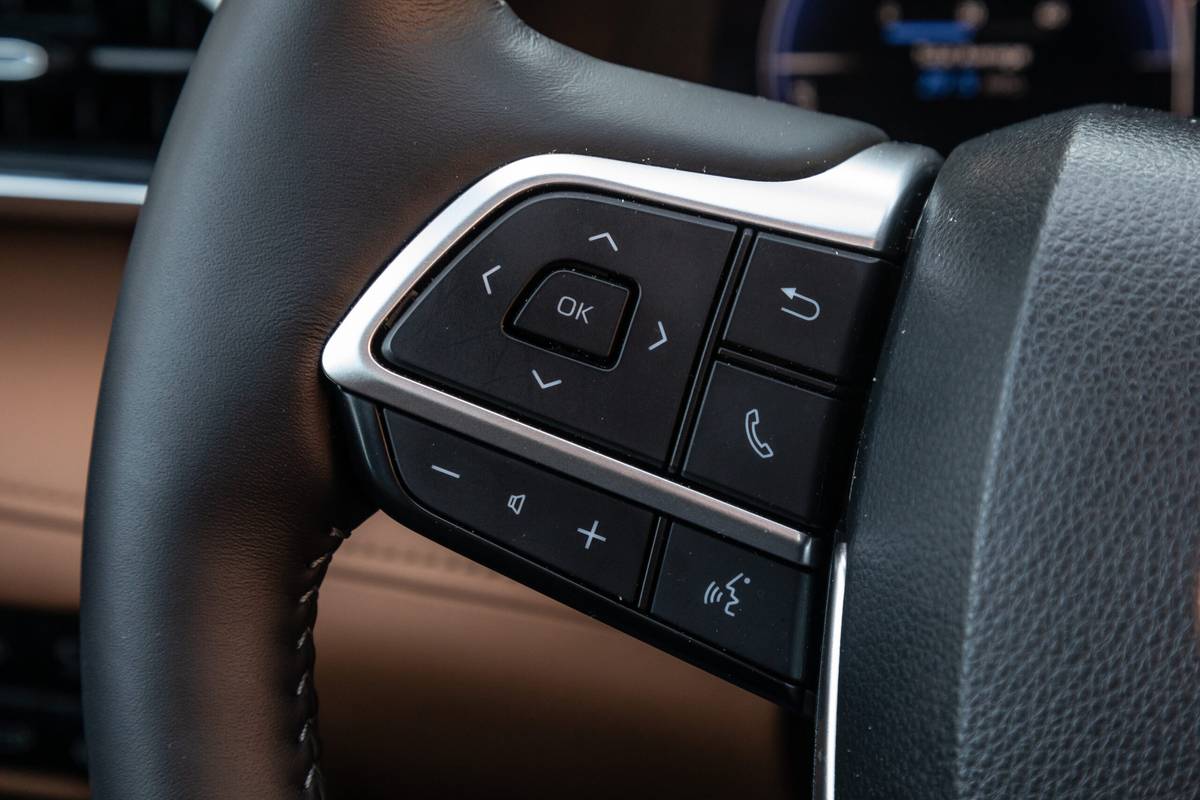

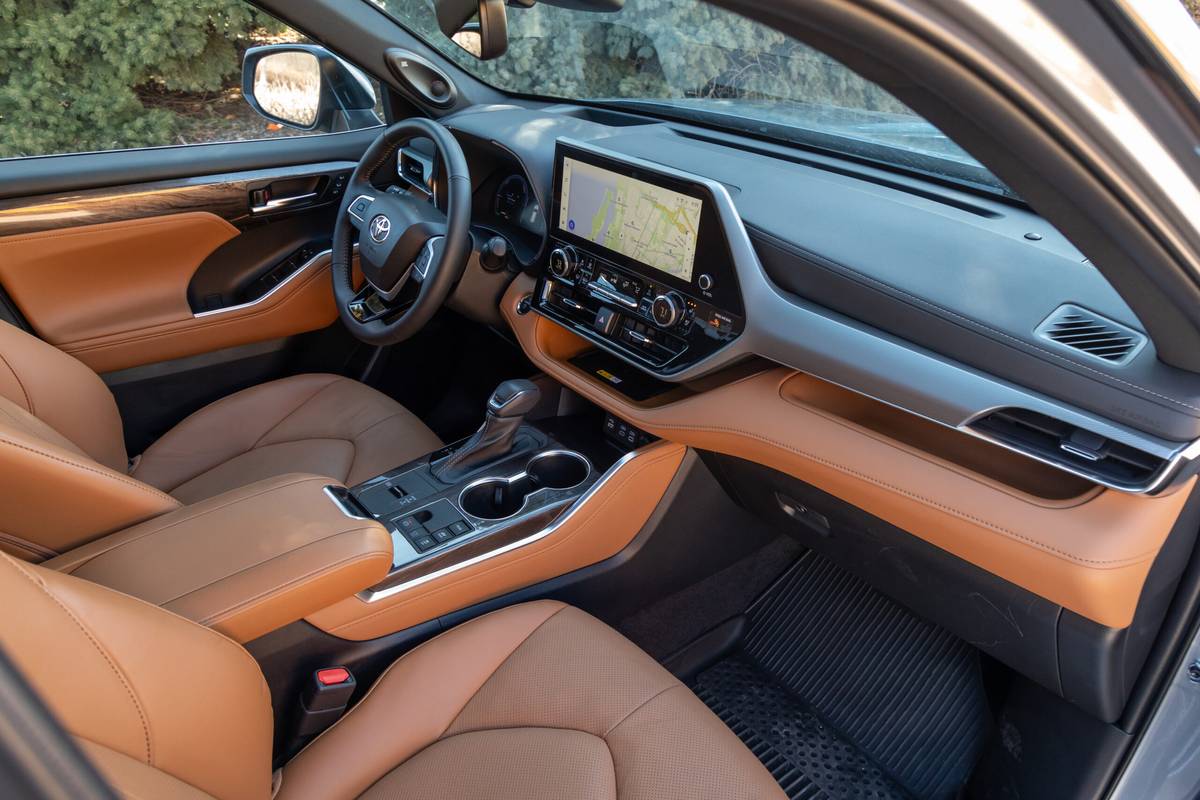
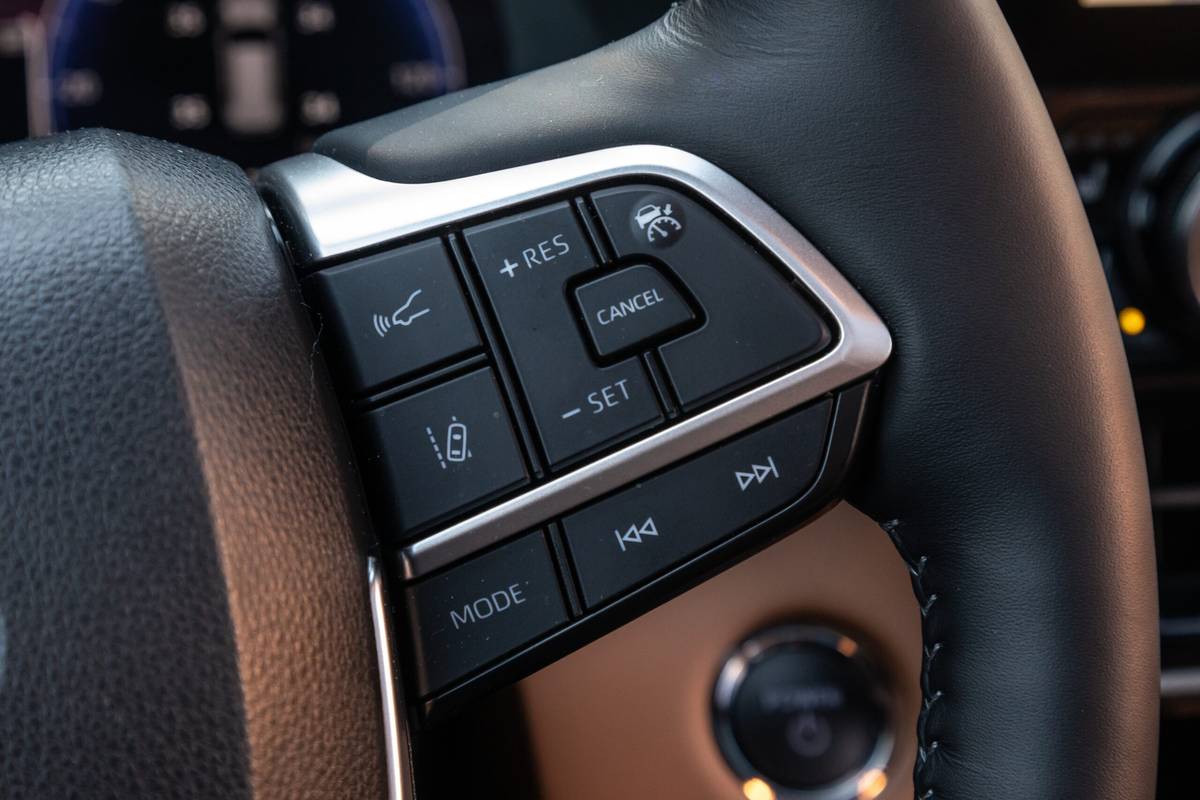
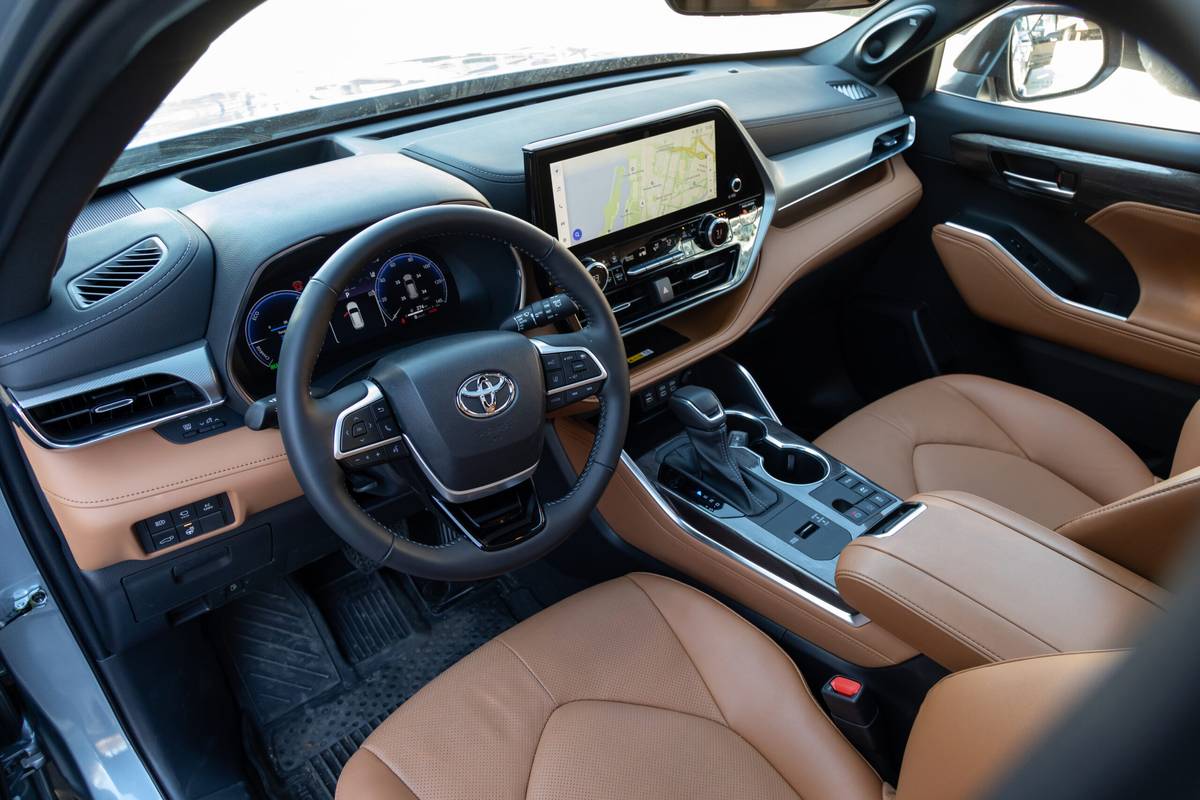
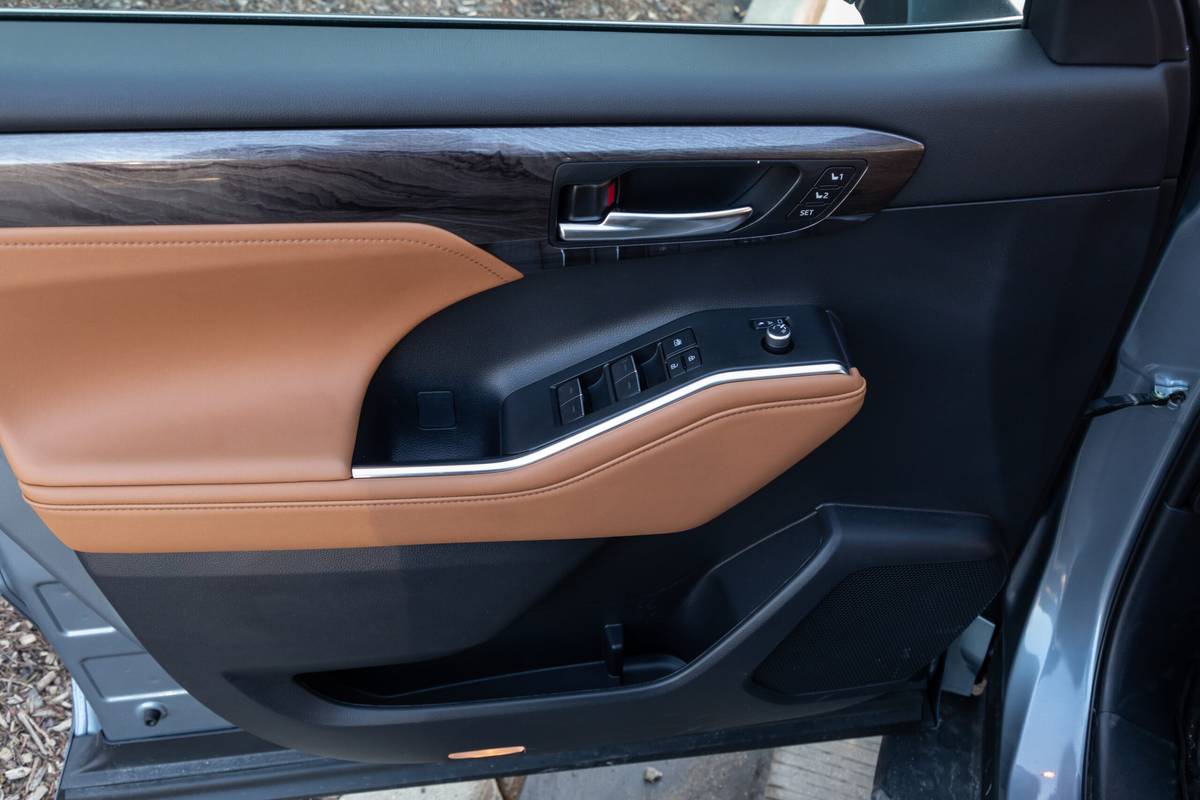
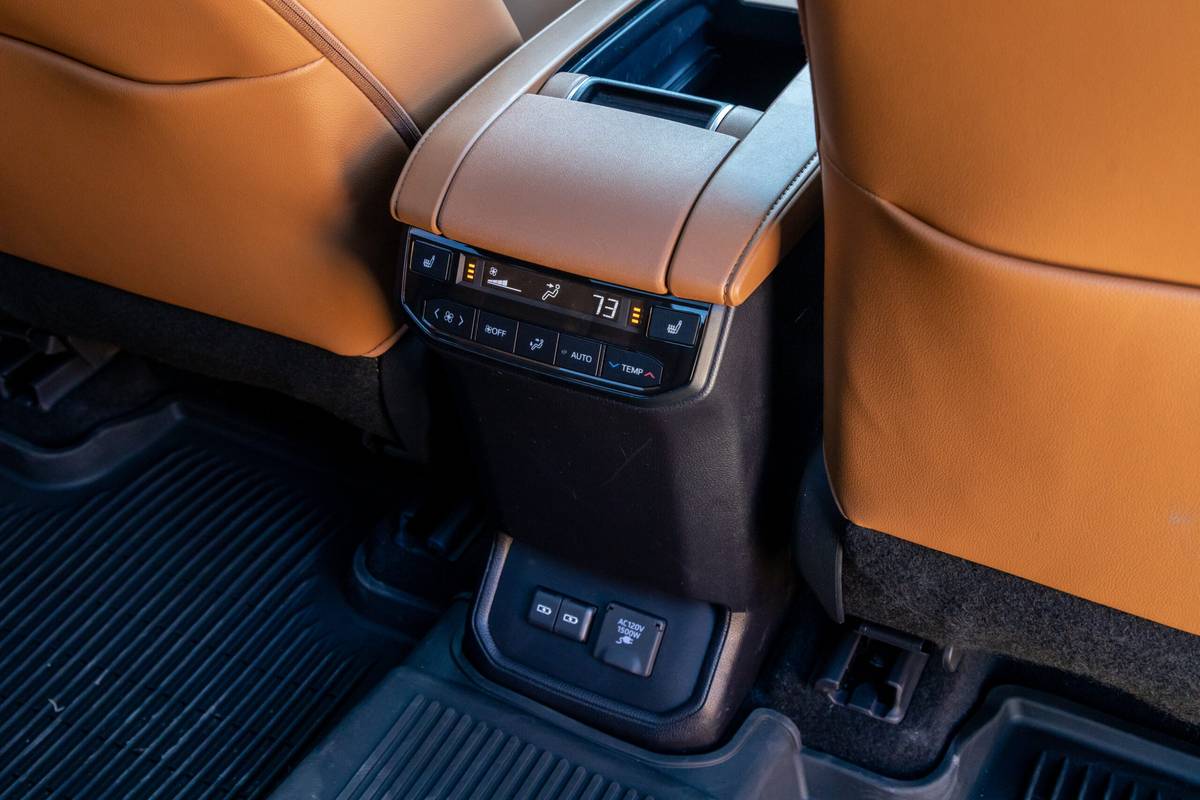

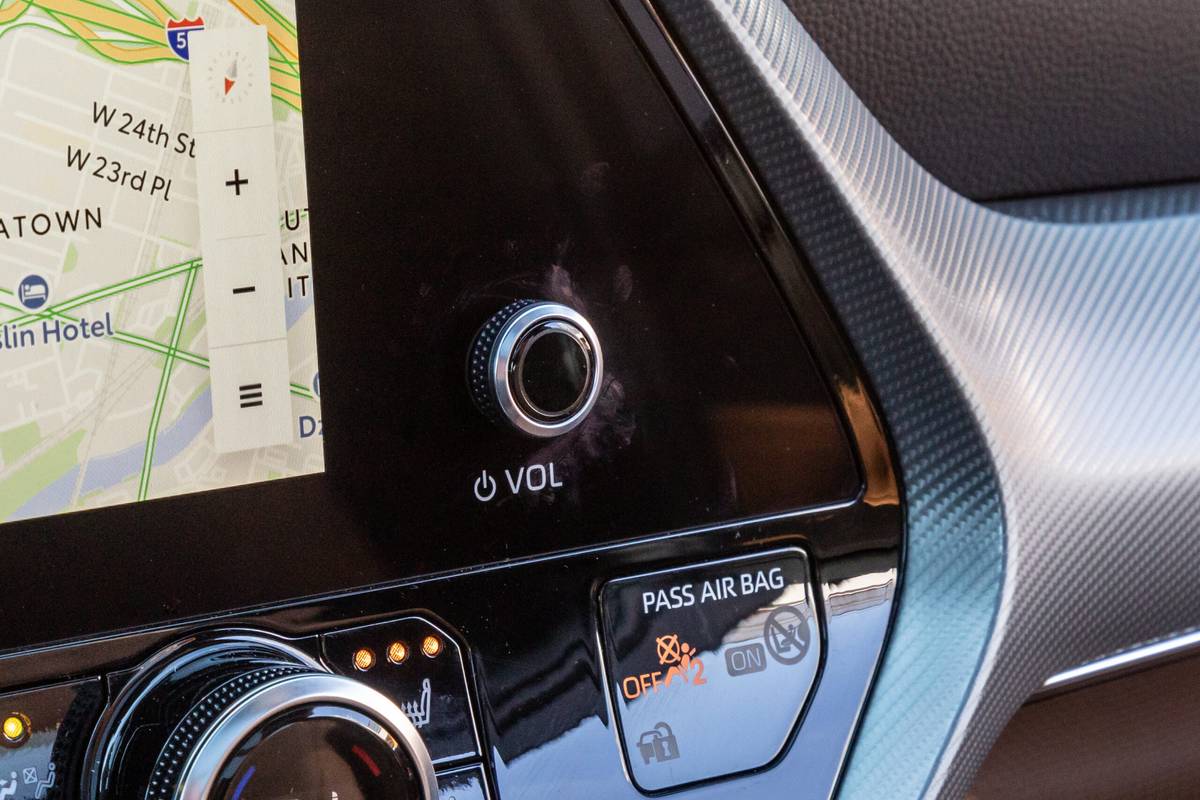
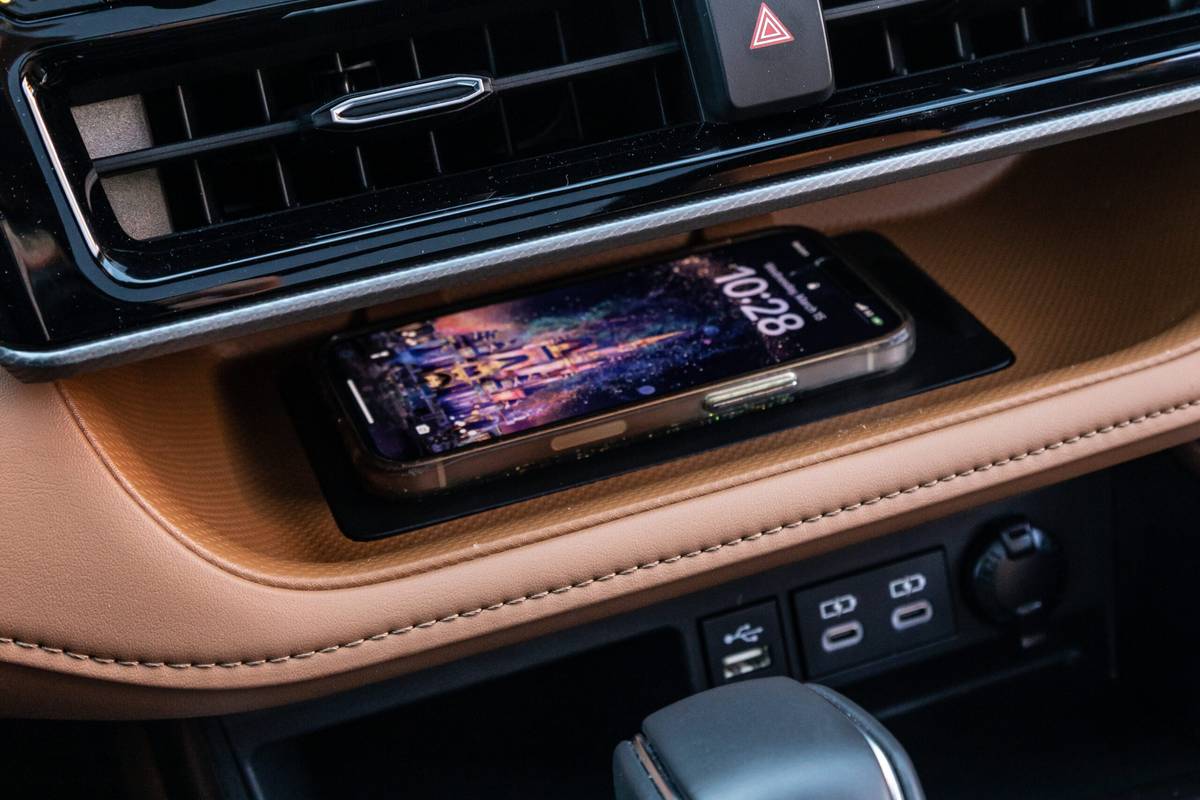
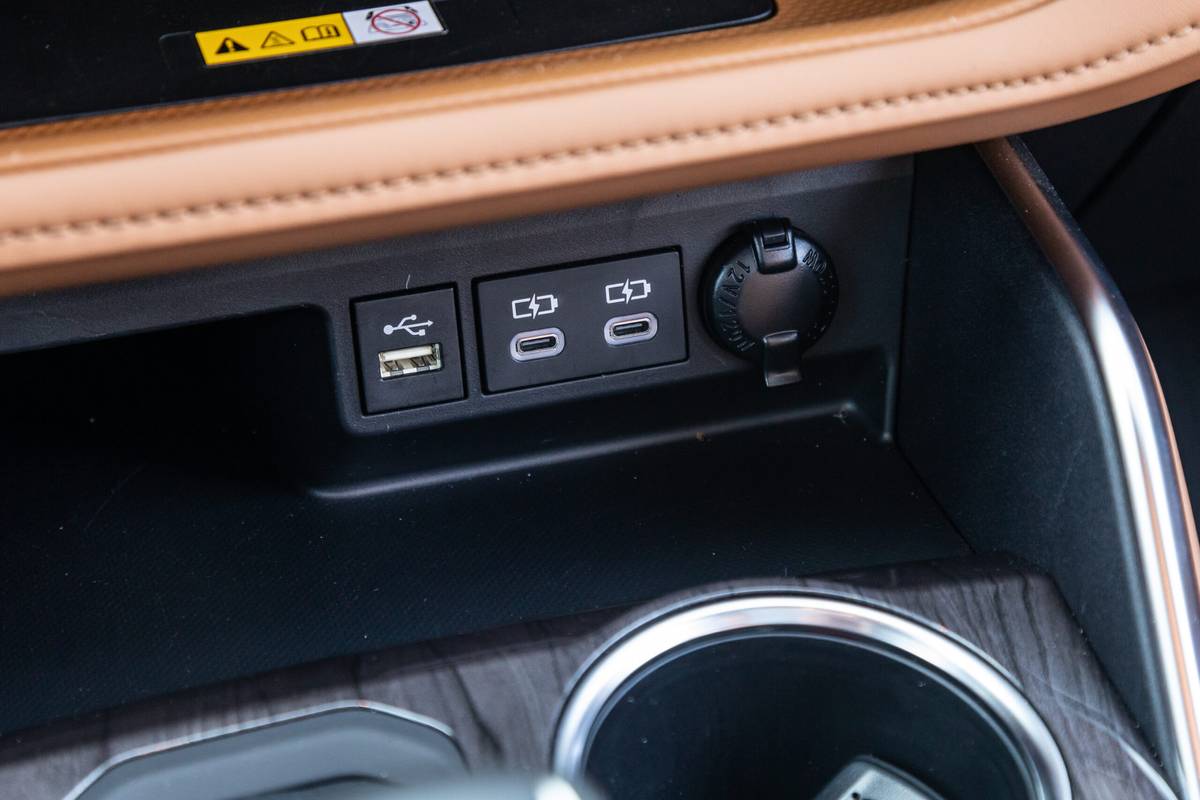
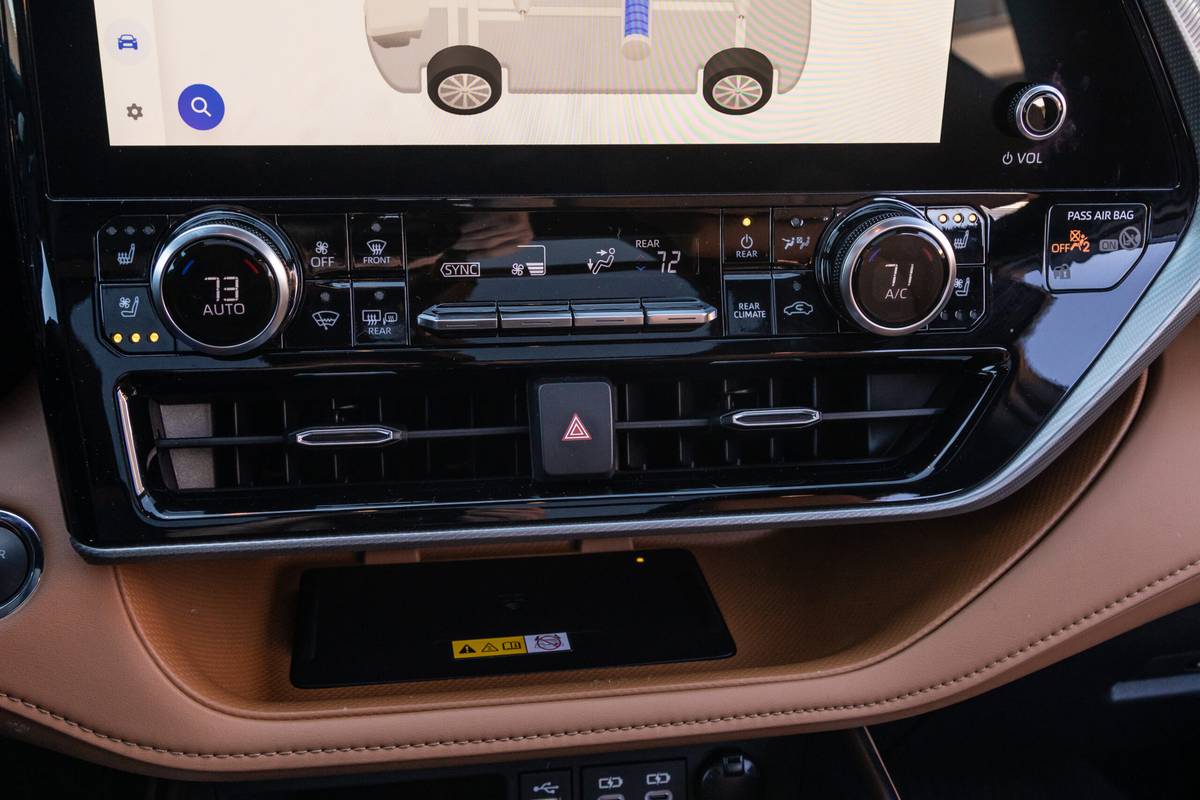
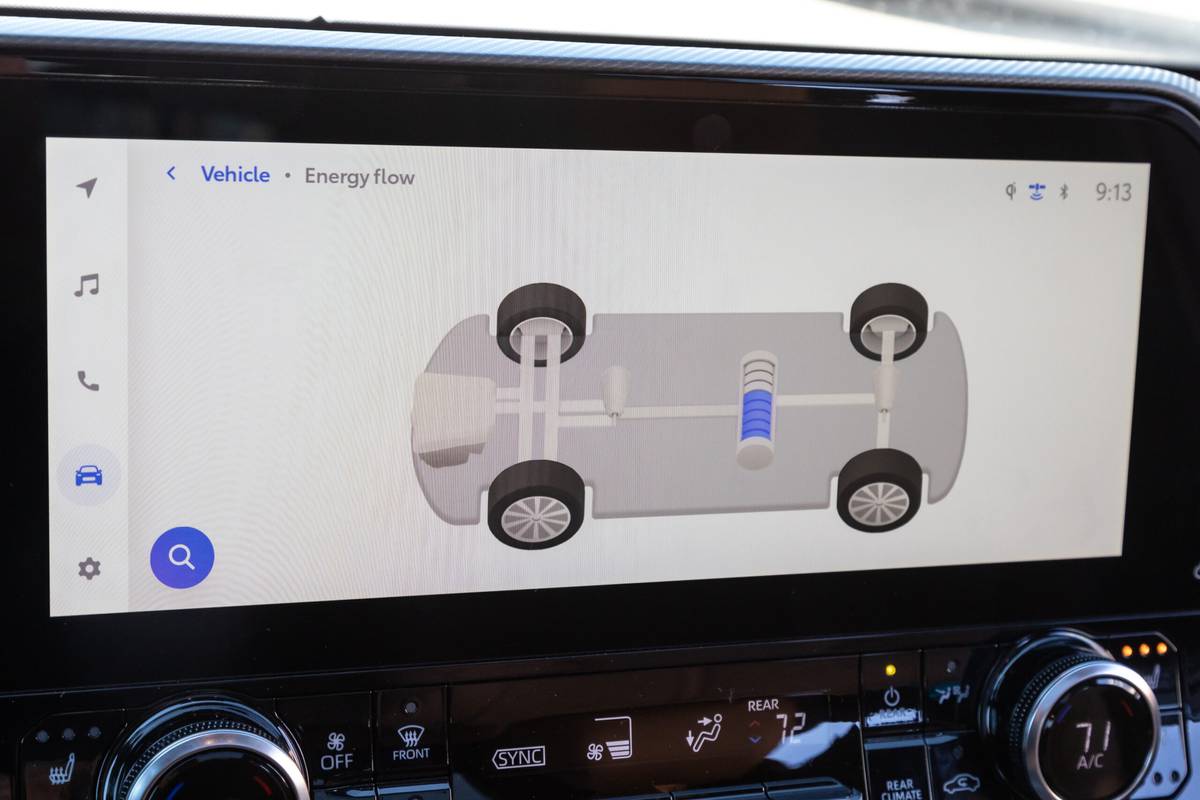
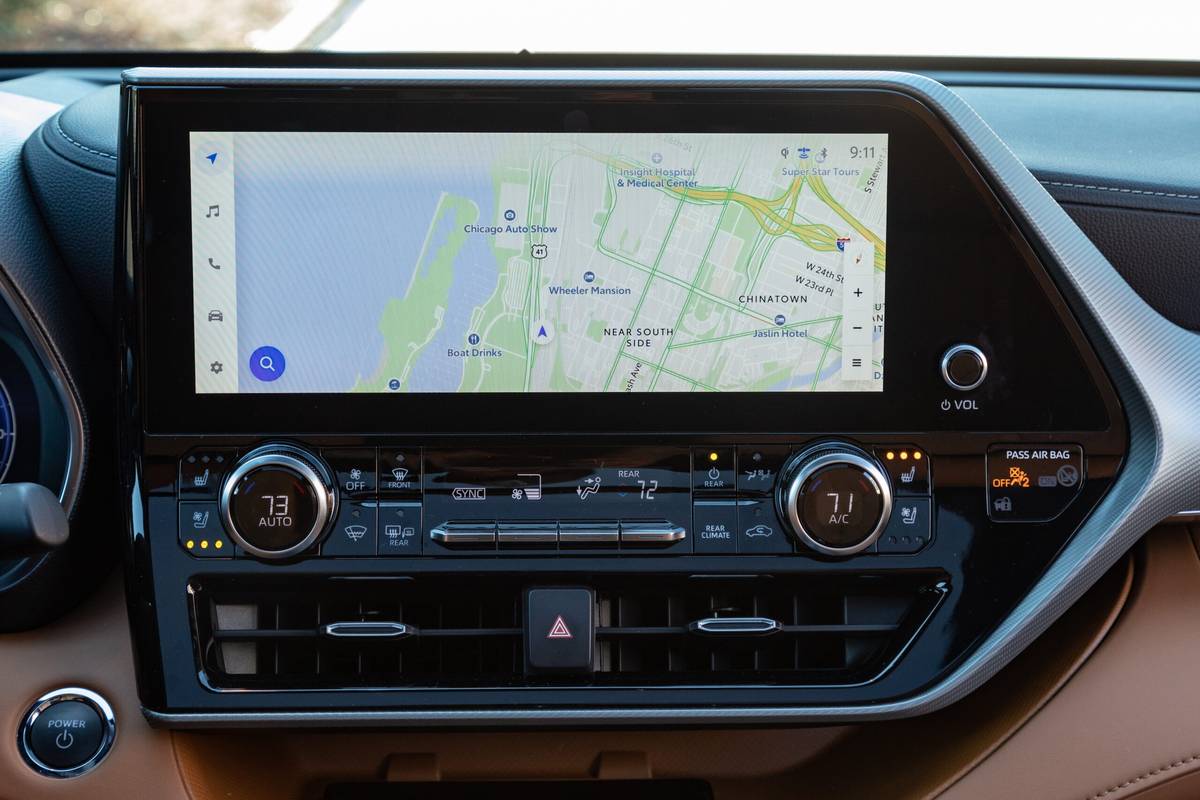
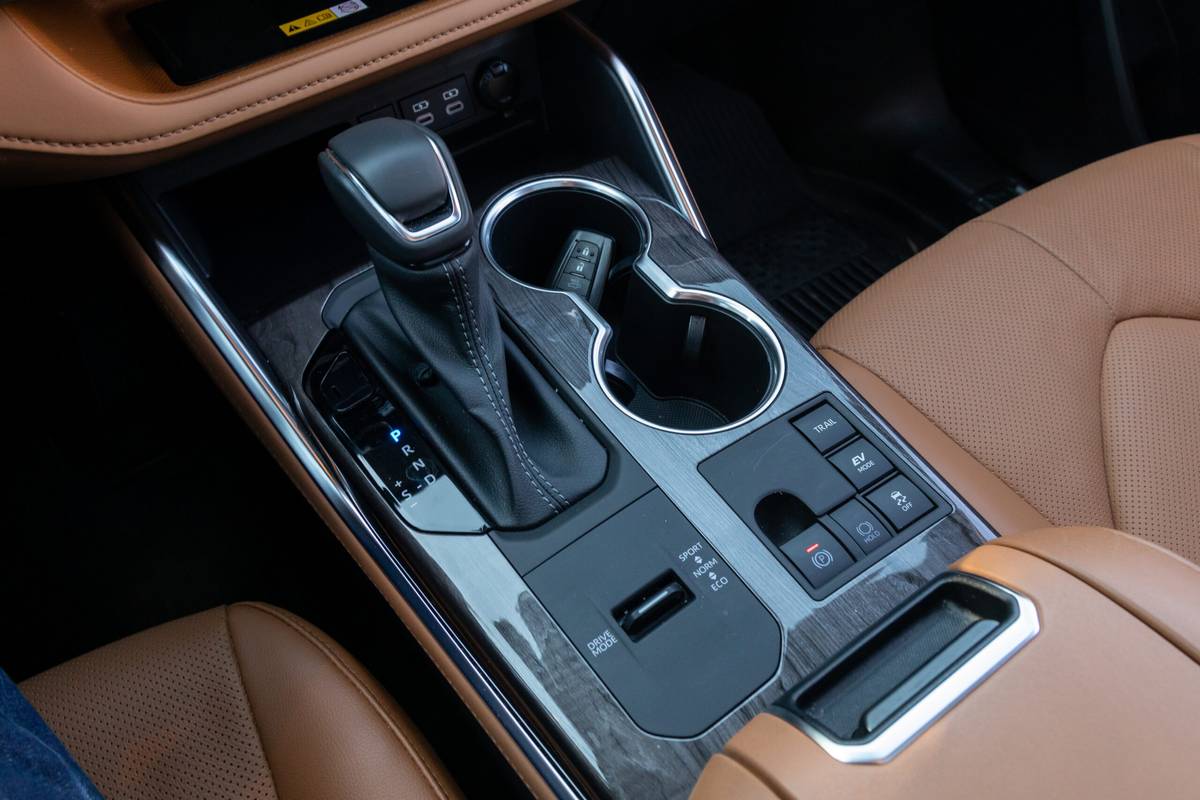
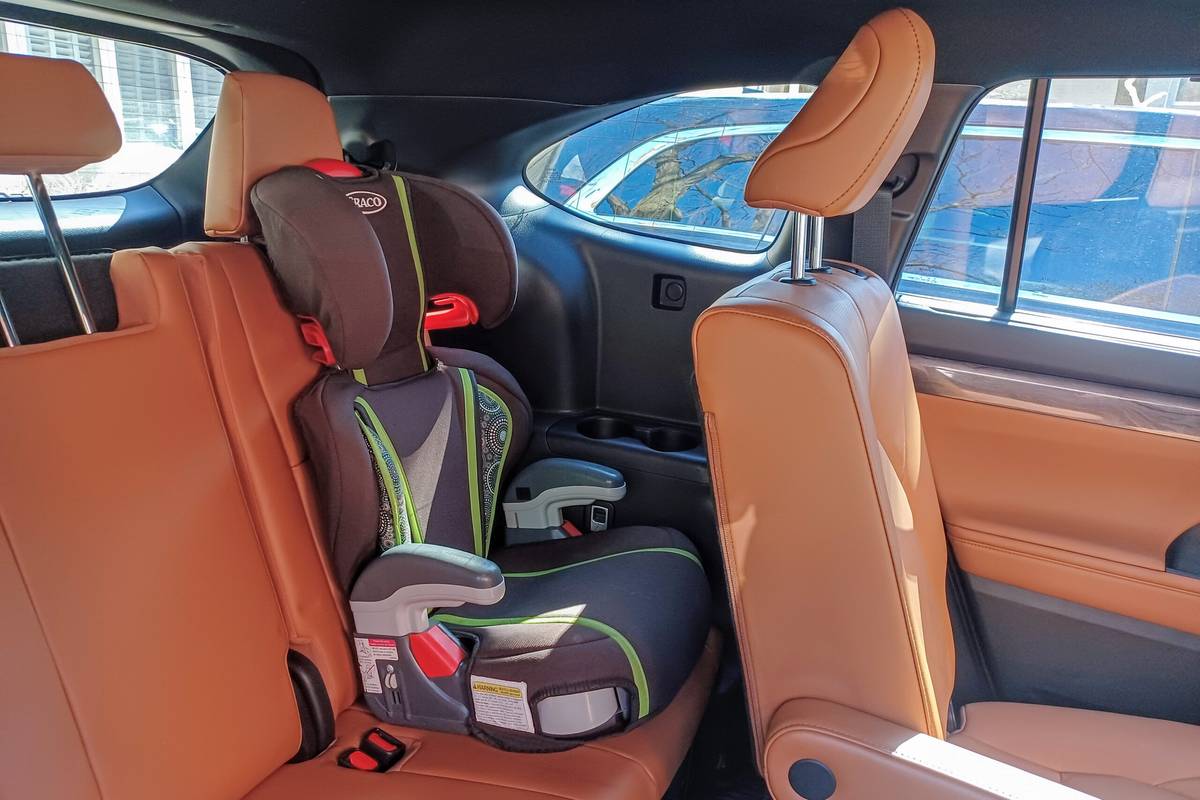

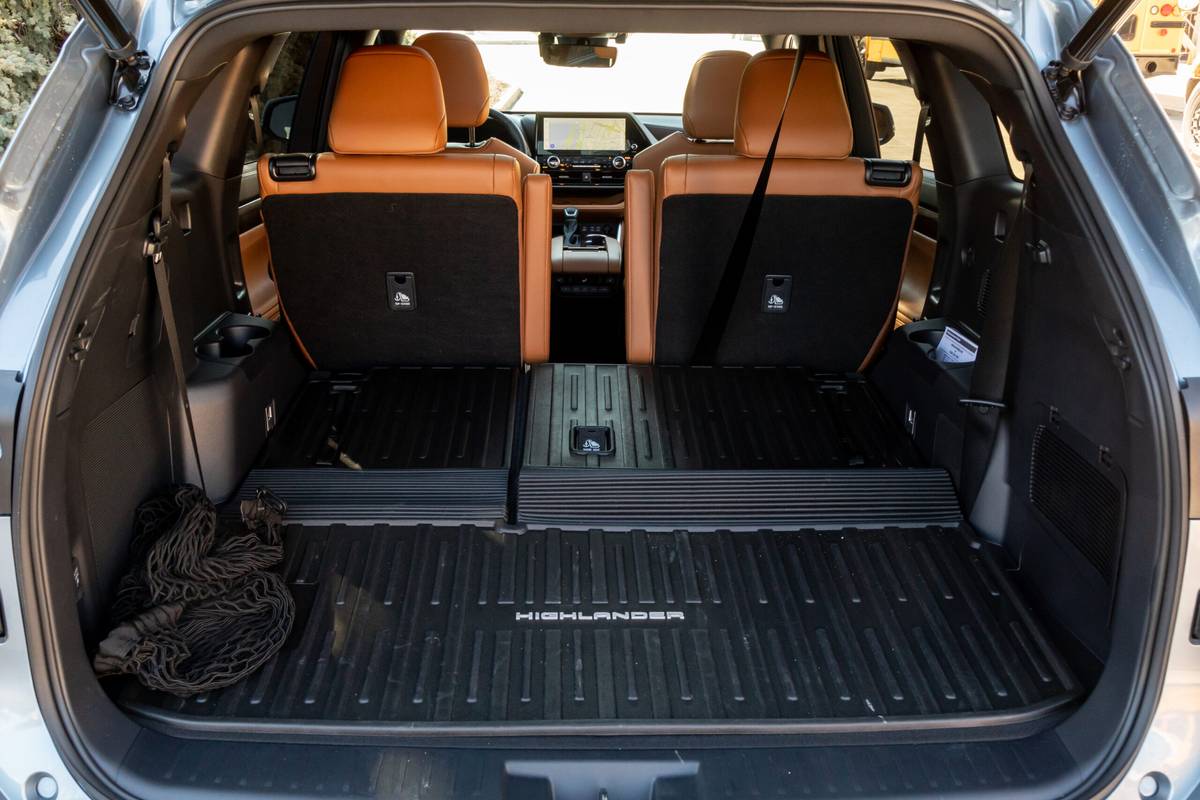


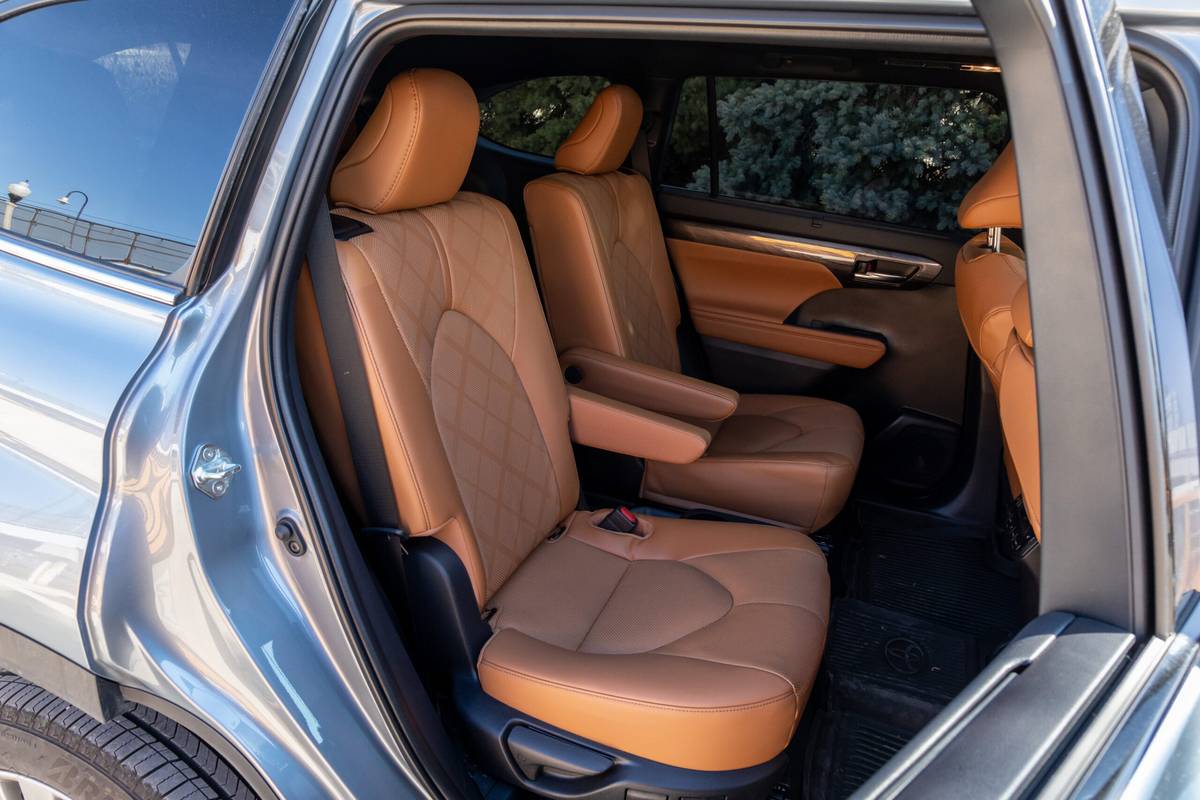
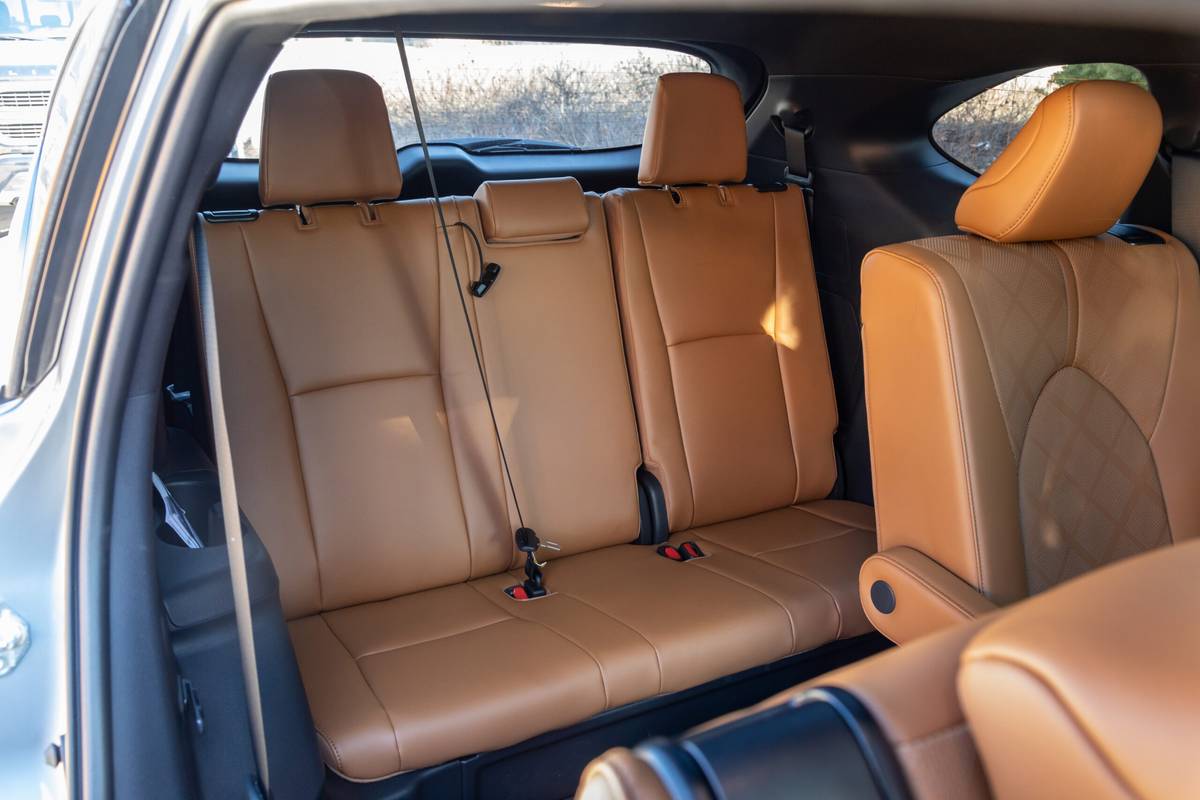
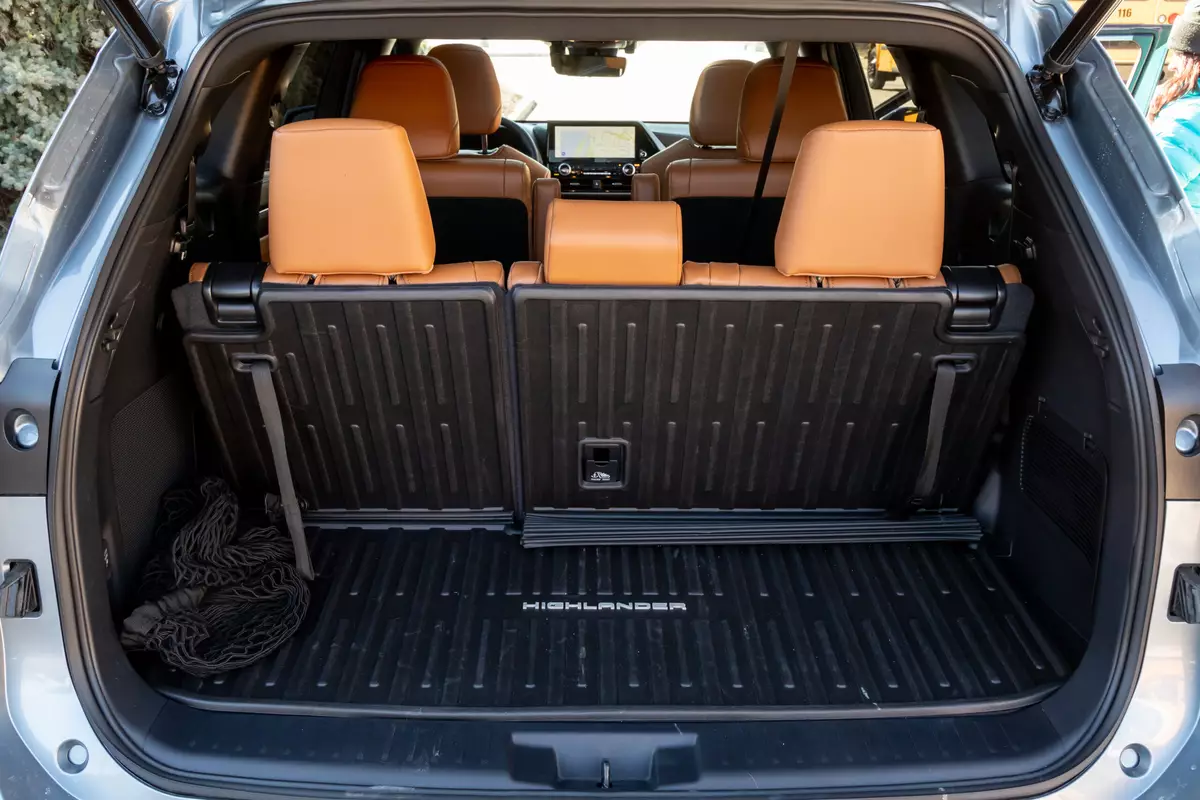
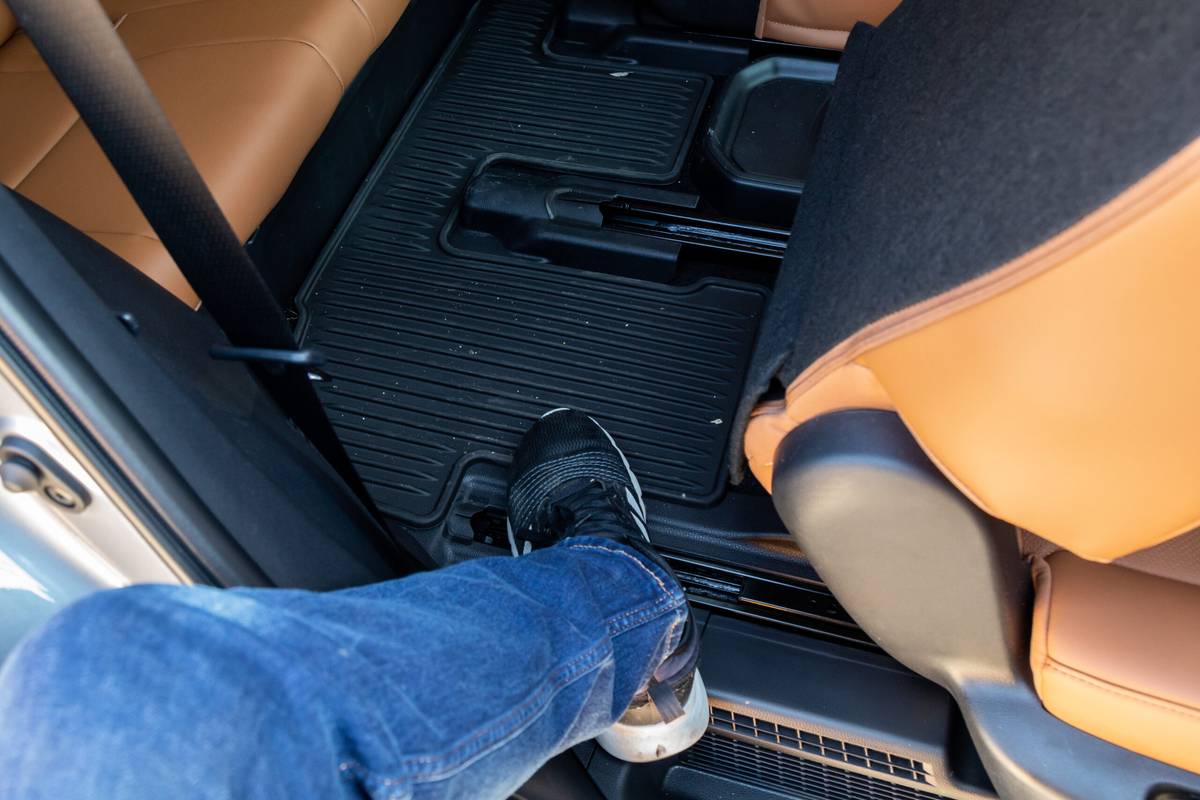
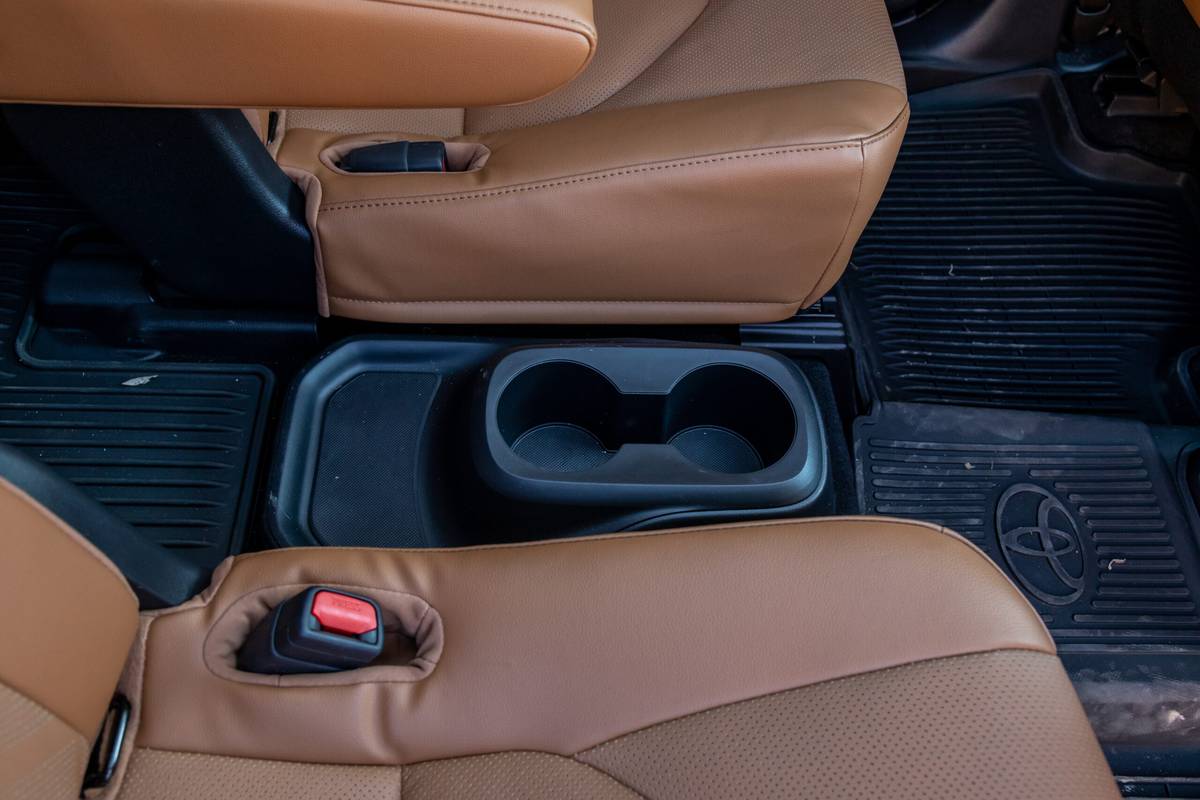
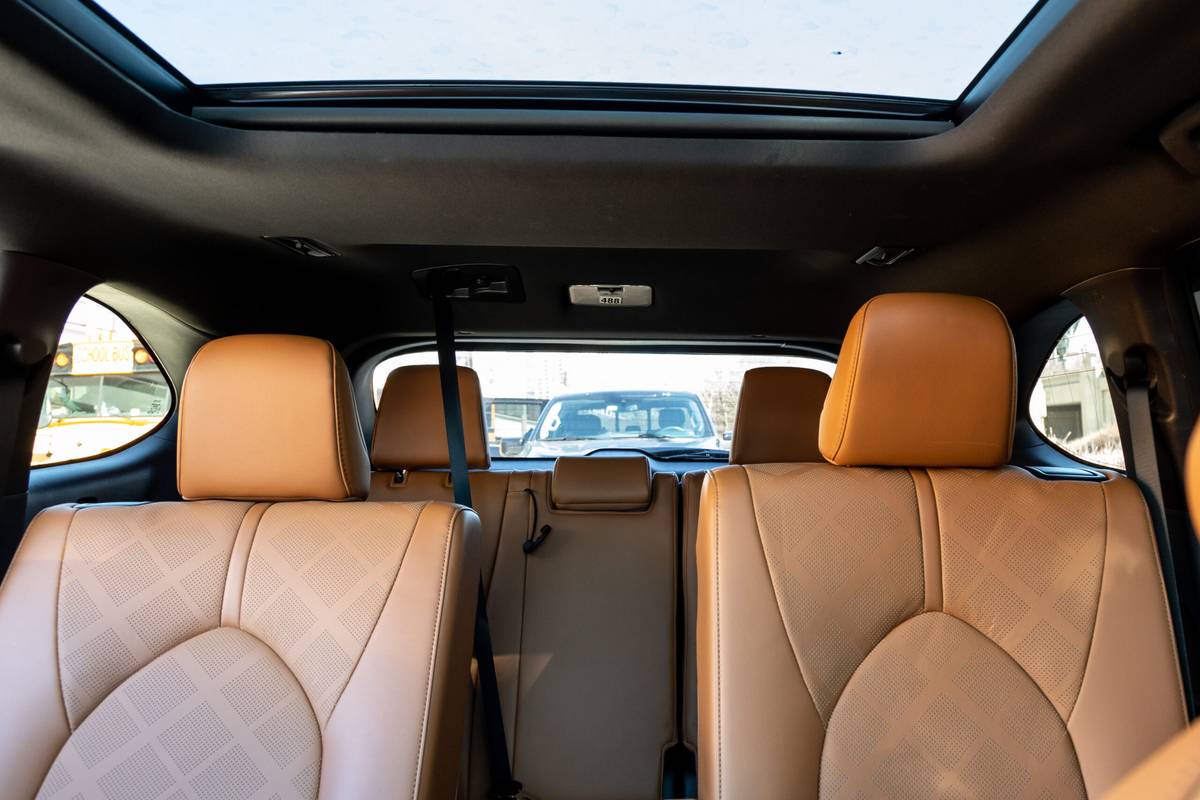
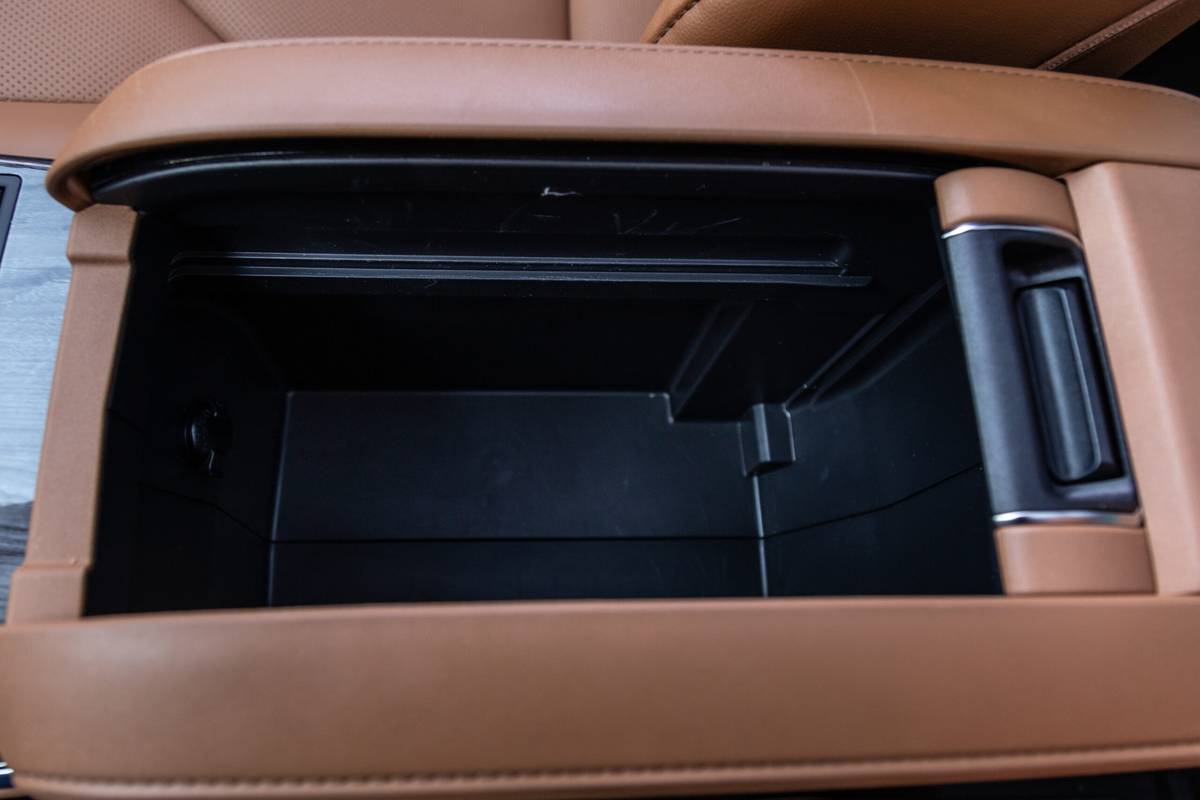
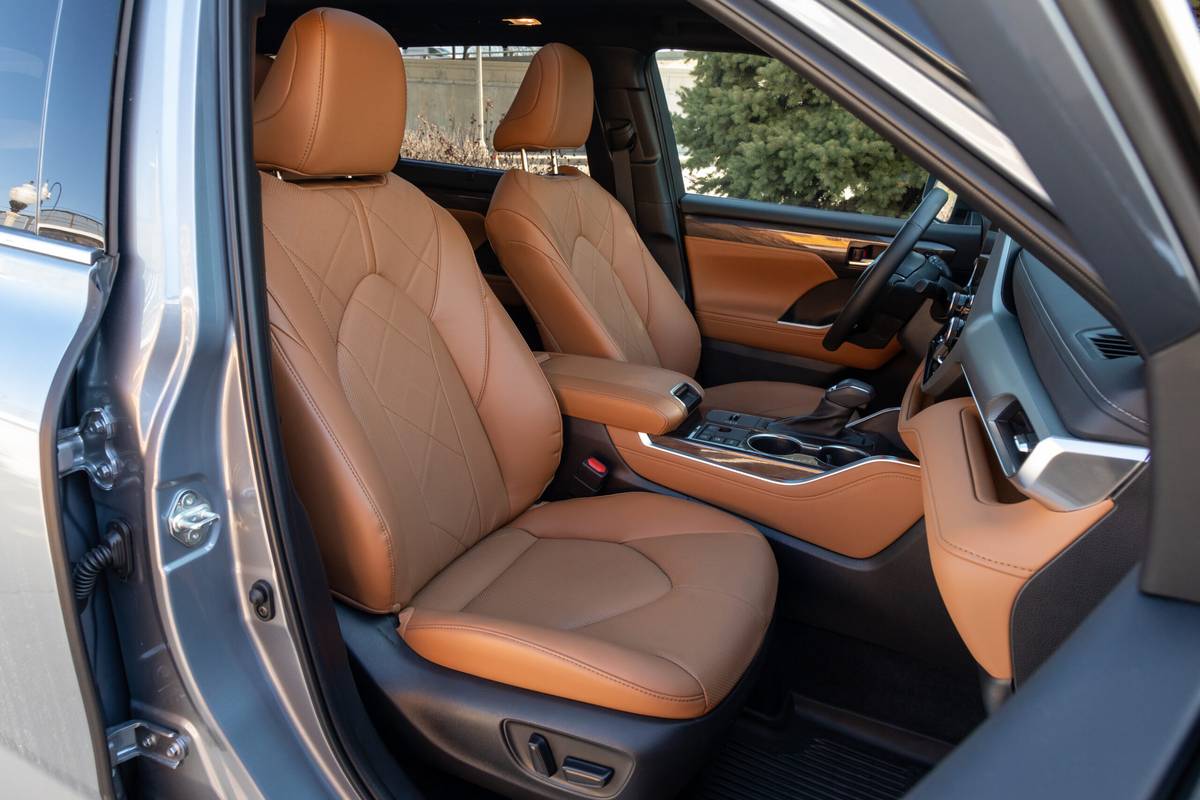
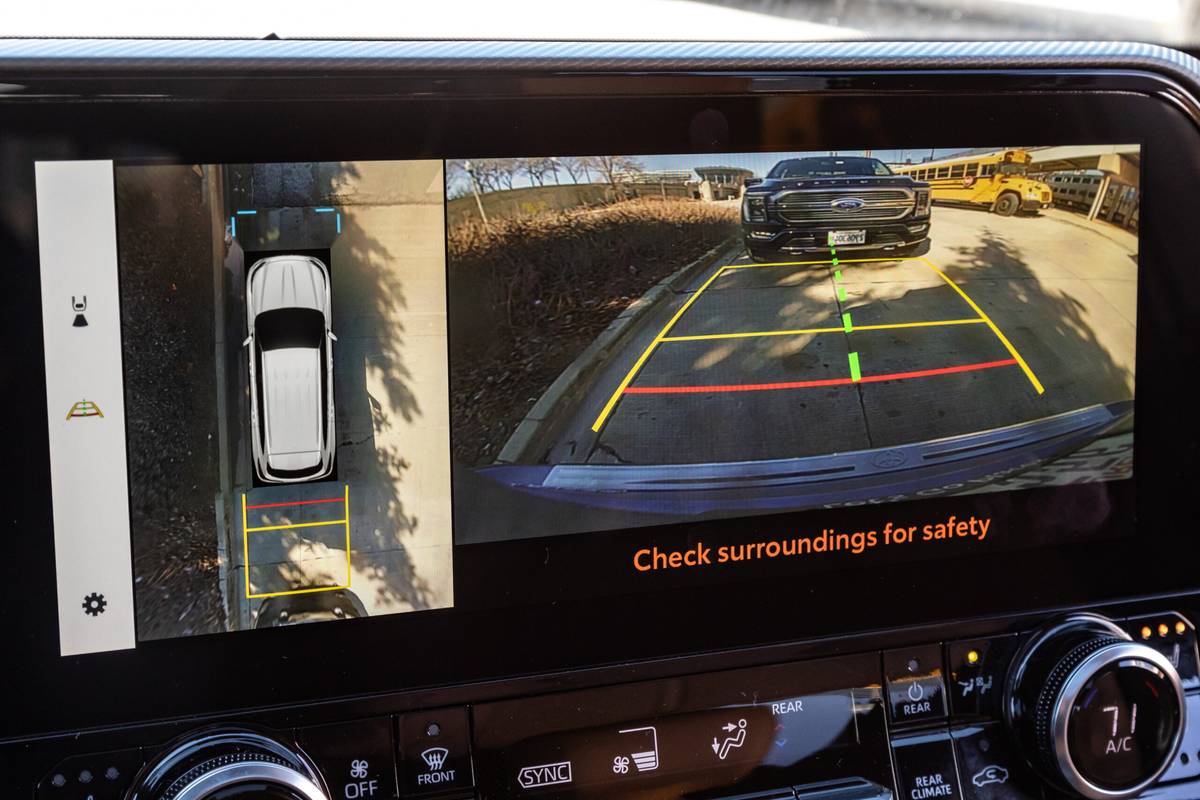
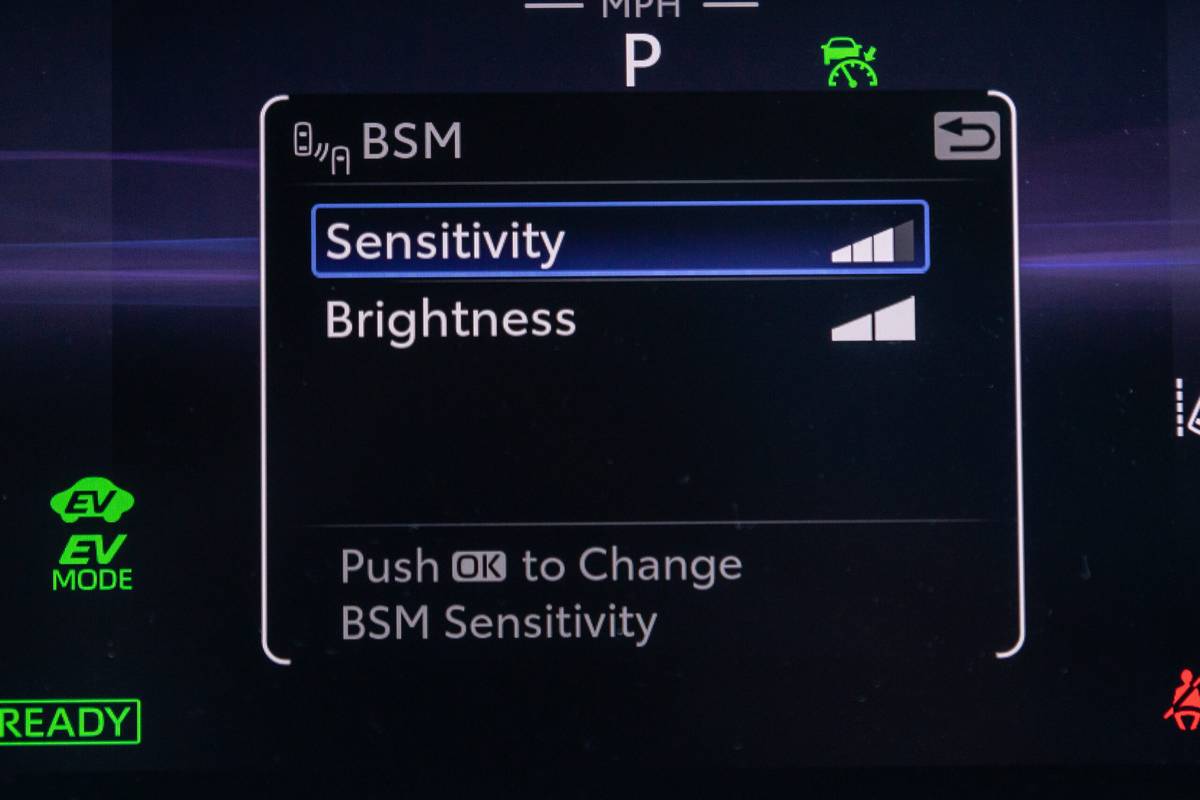

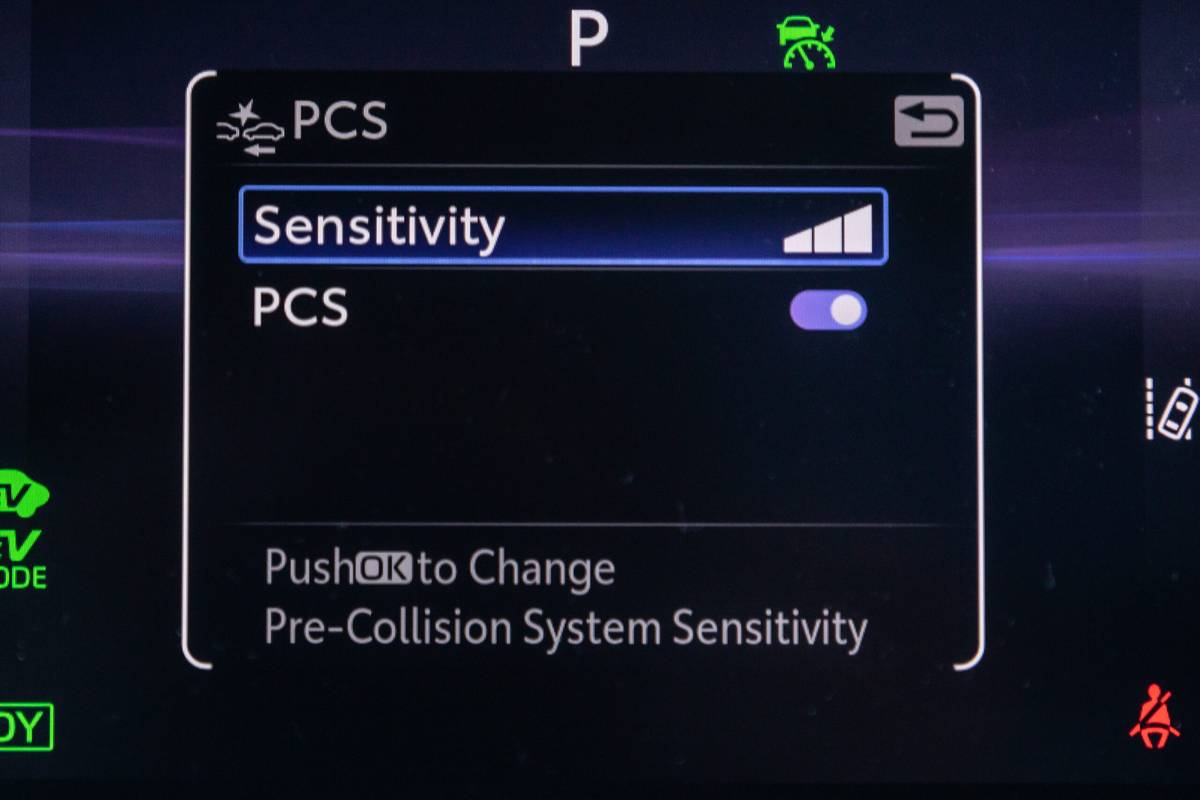
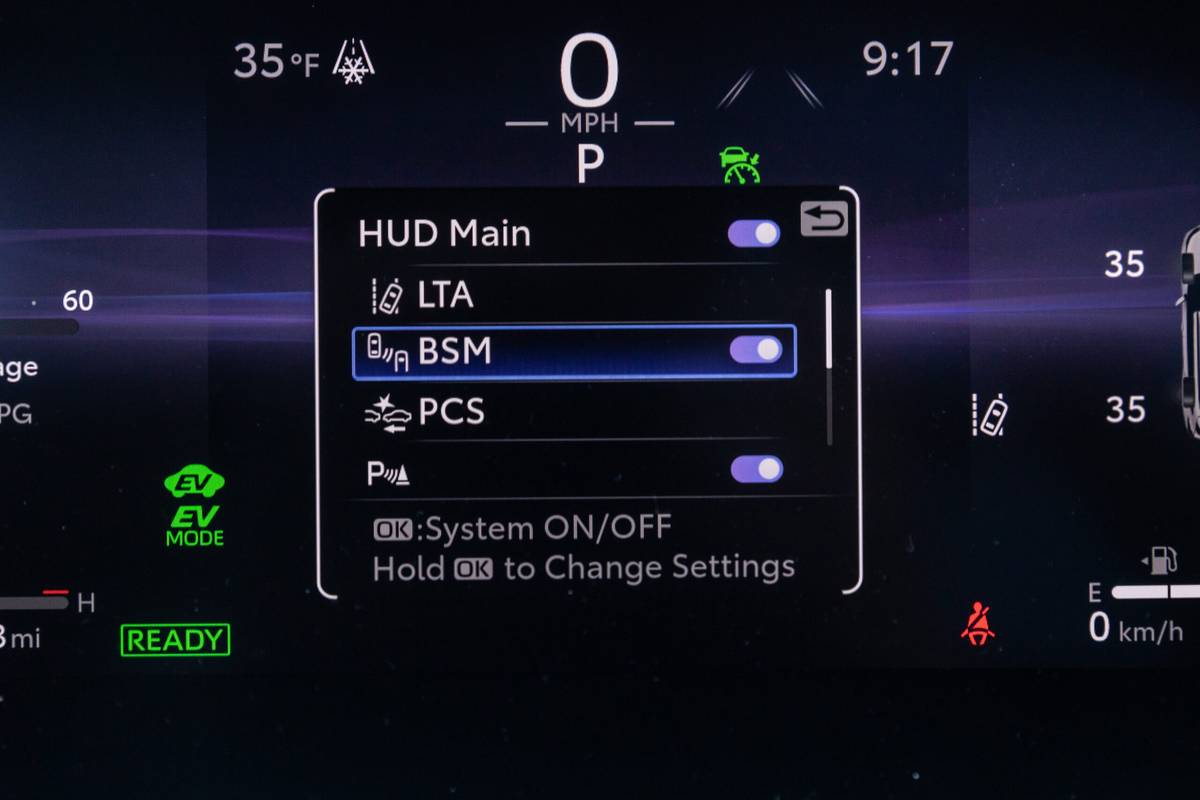


 Latch
Latch
 Infant
Infant
 Rear-facing Convertible
Rear-facing Convertible
 Front-facing Convertible
Front-facing Convertible
 Booster
Booster
 Third row access
Third row access







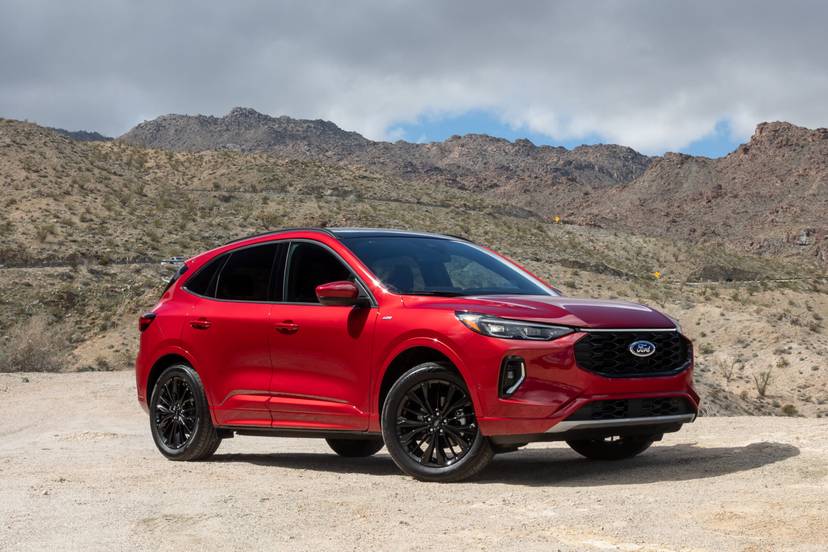

.png)



